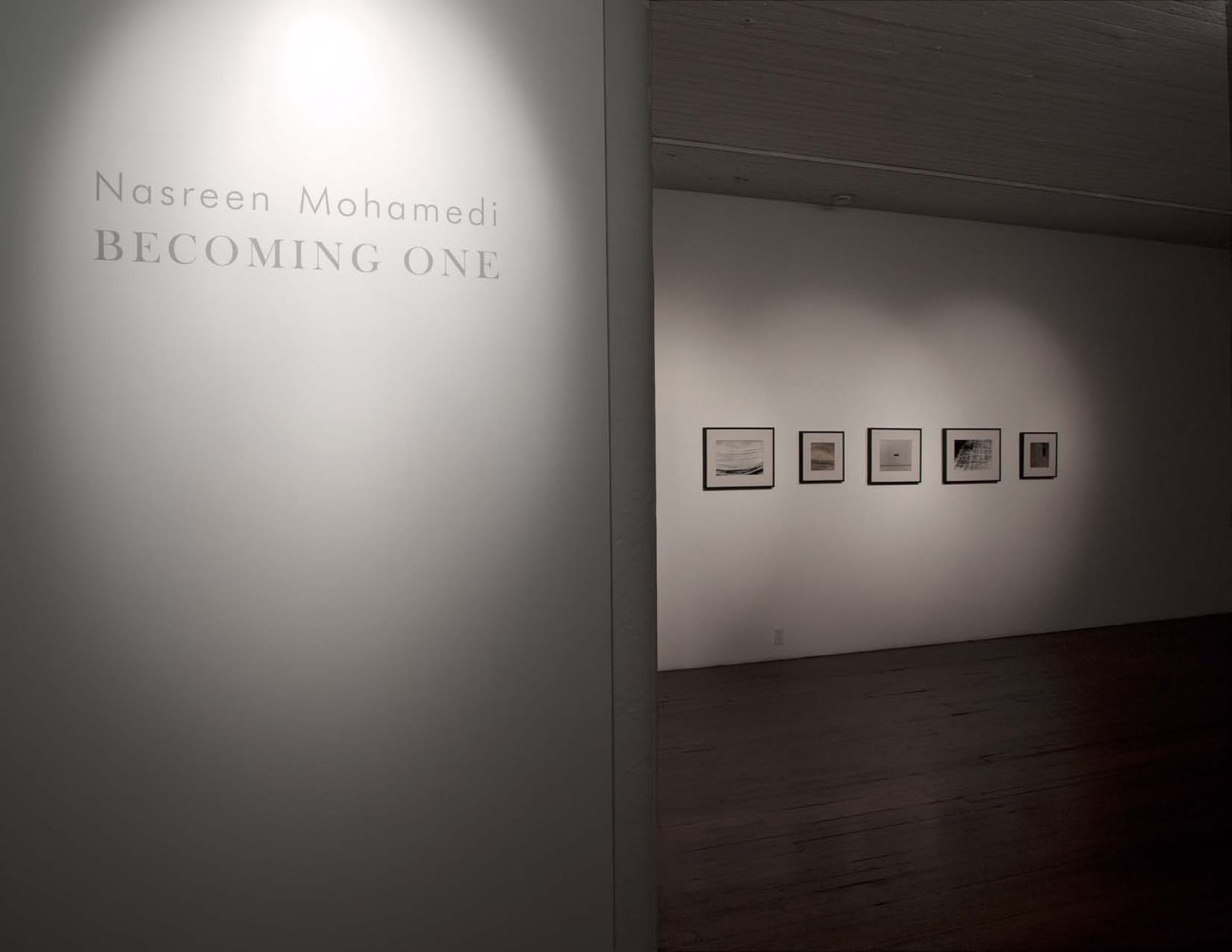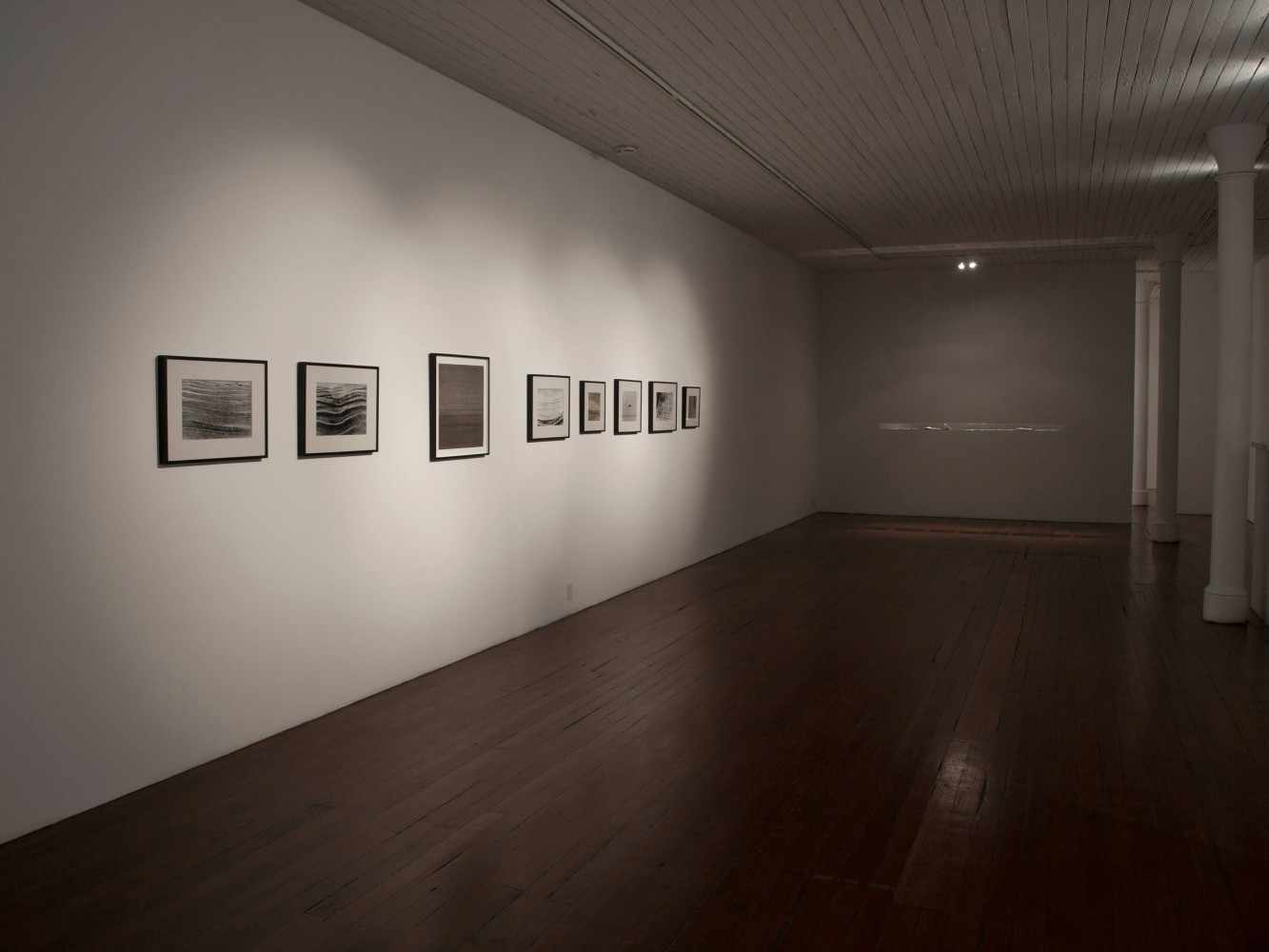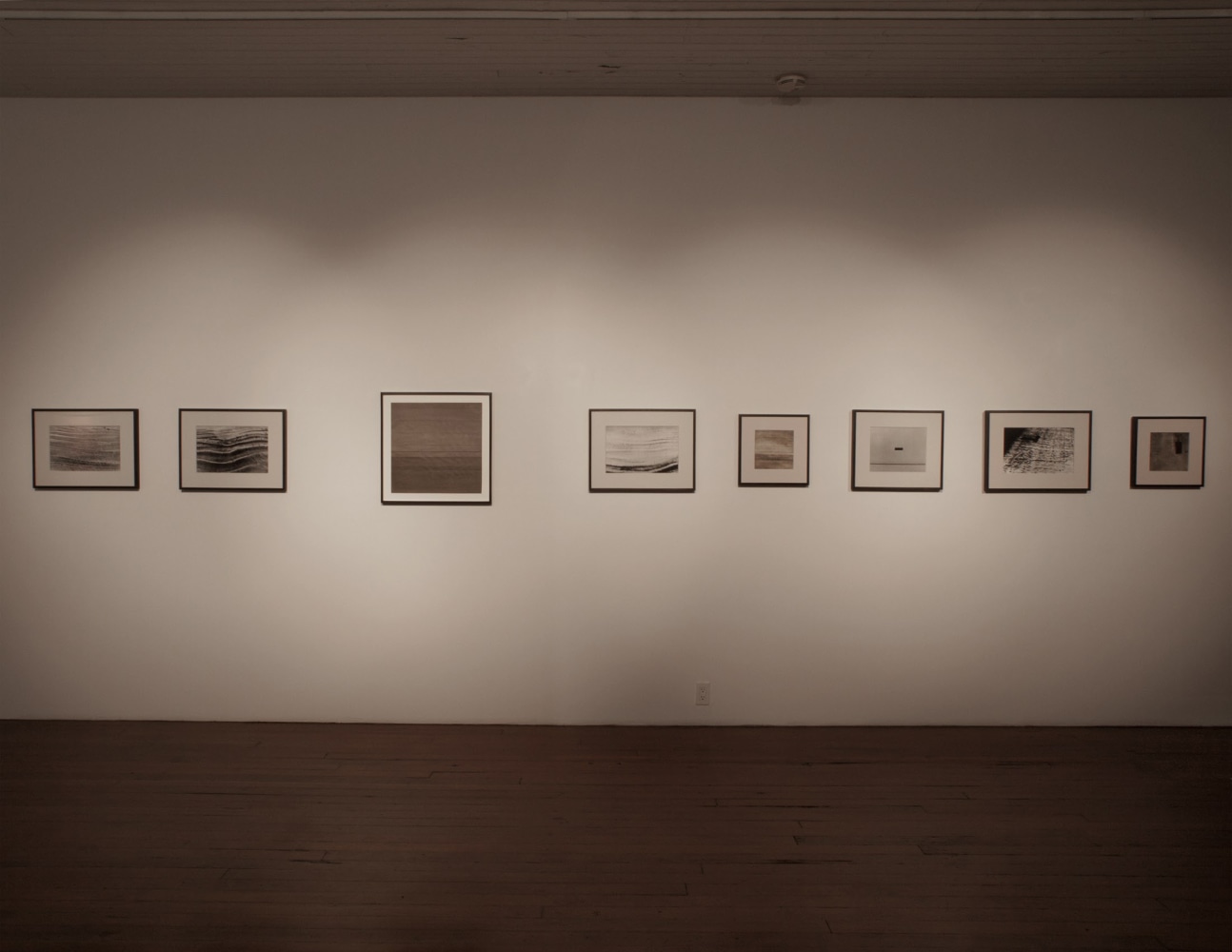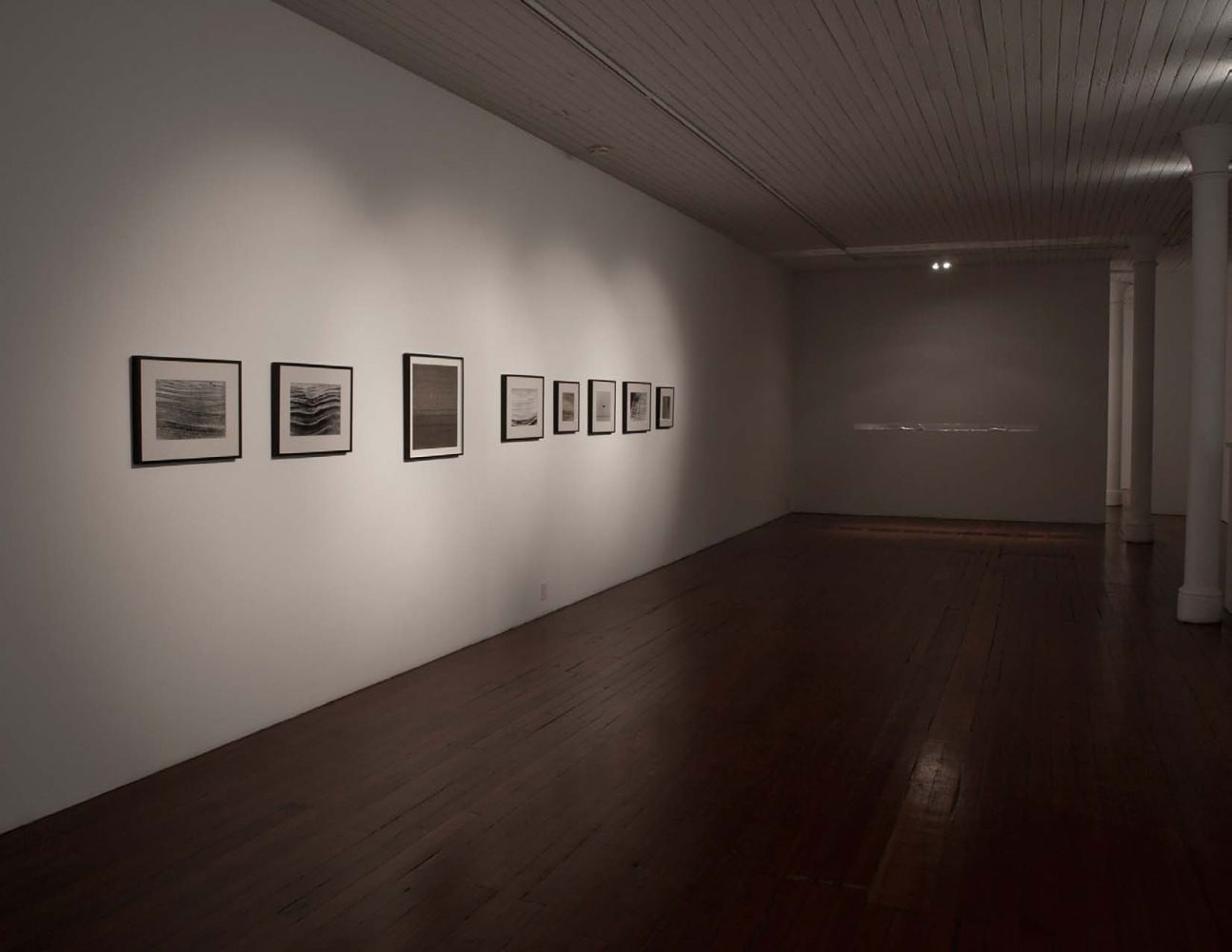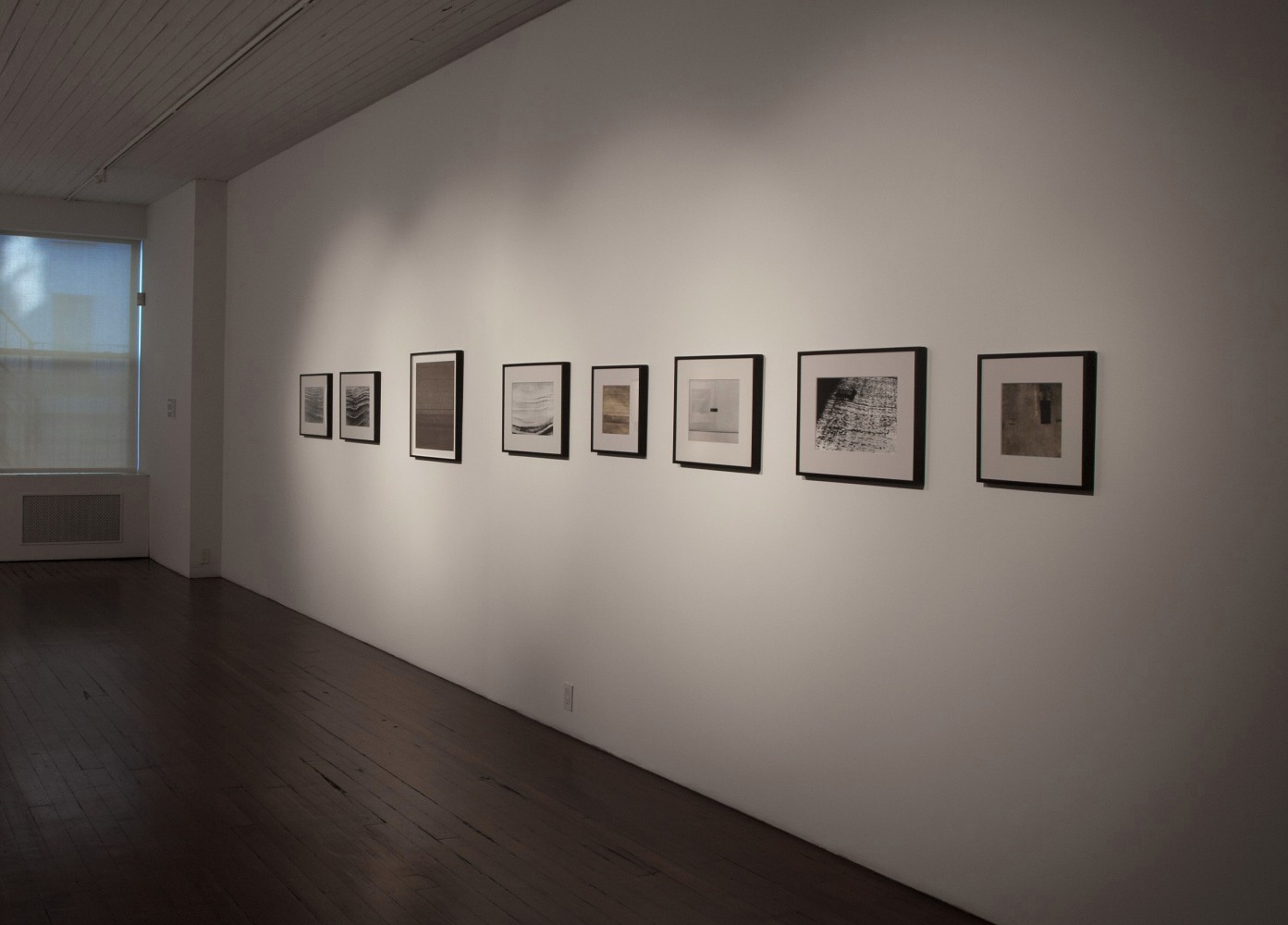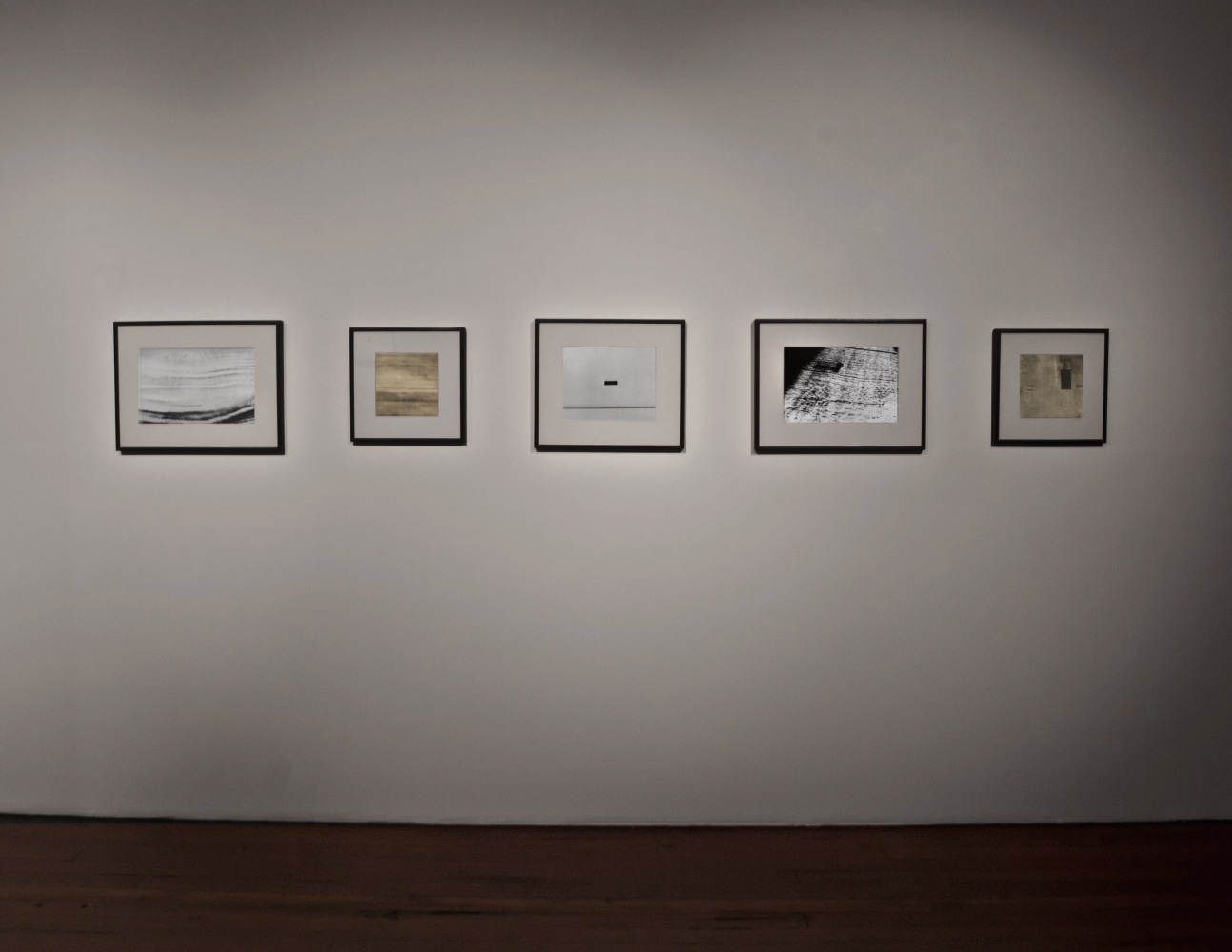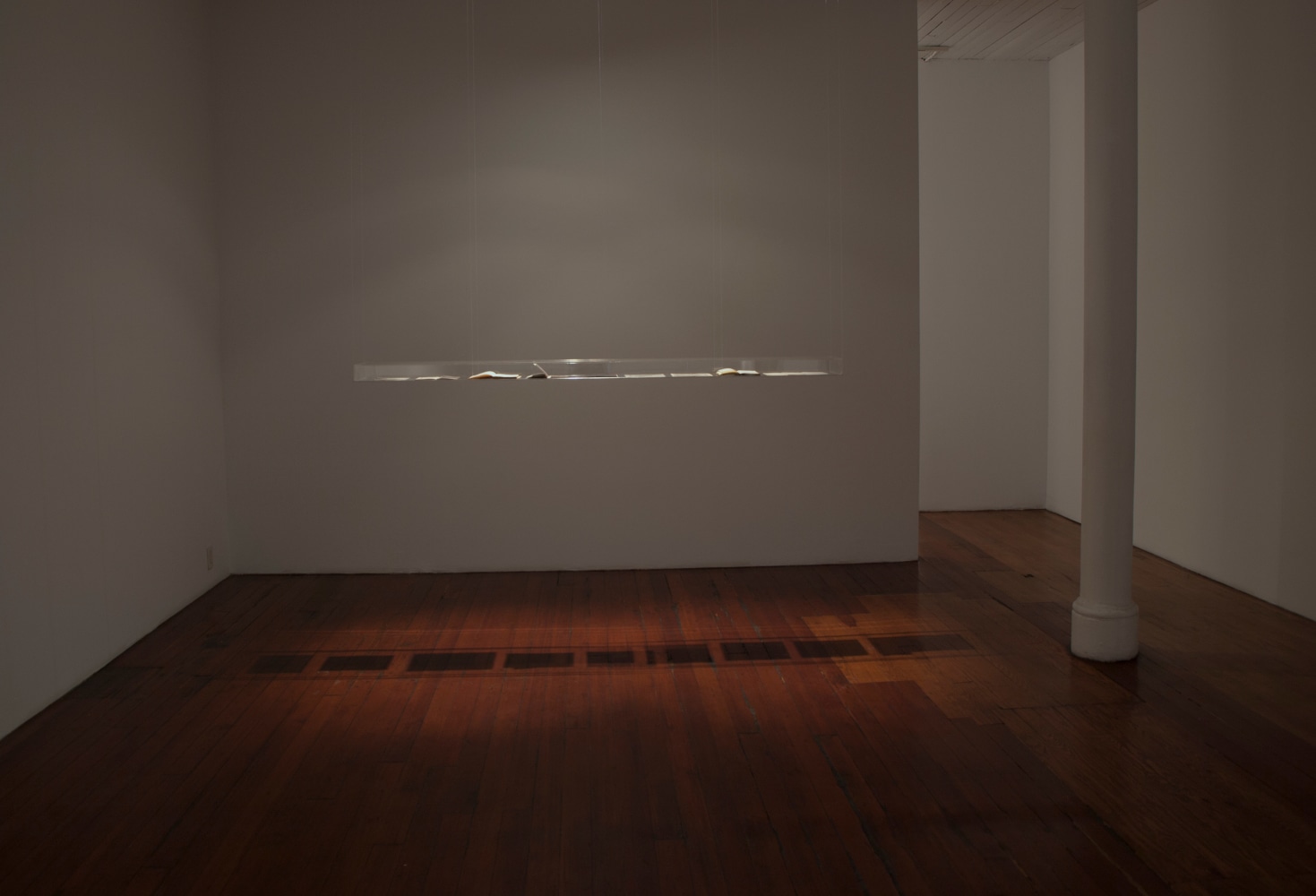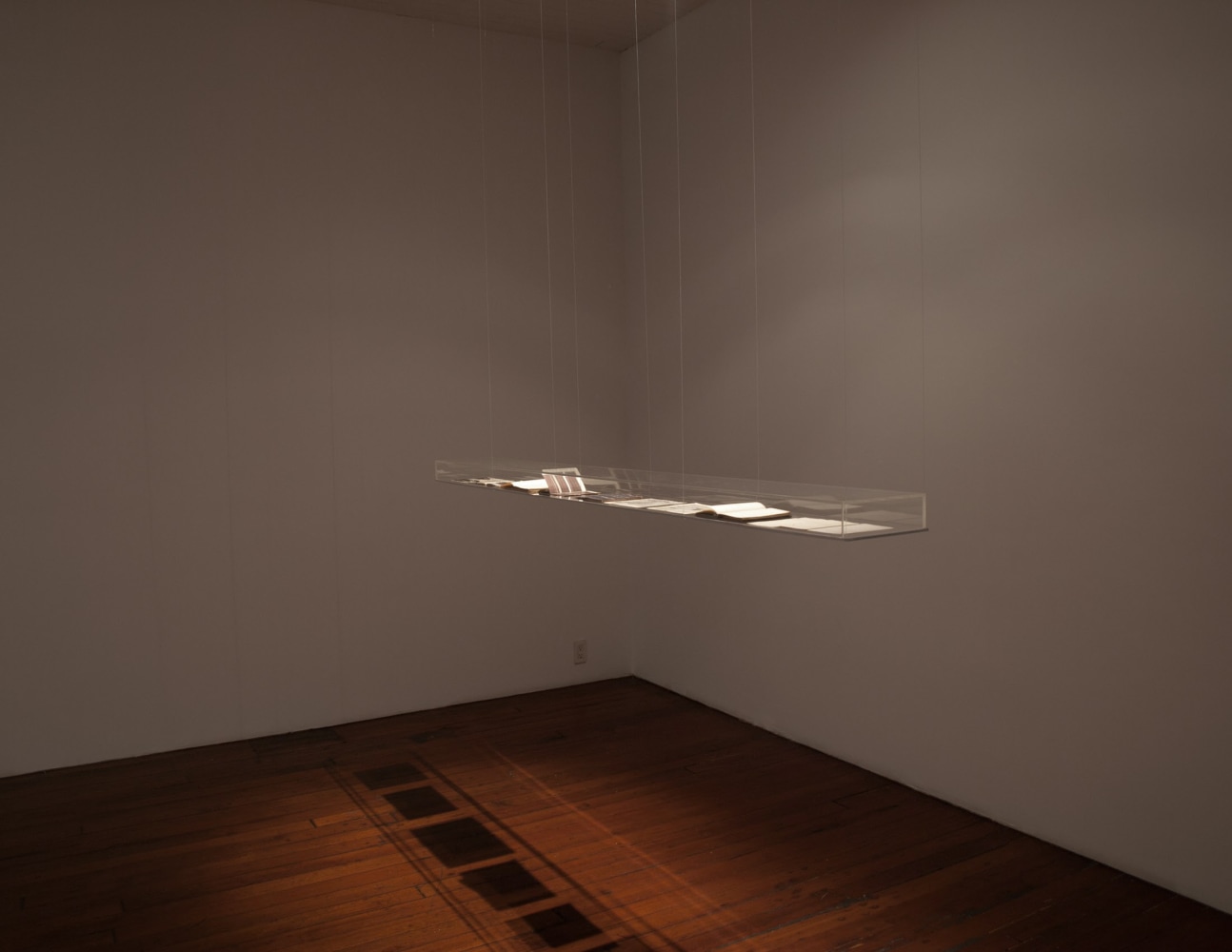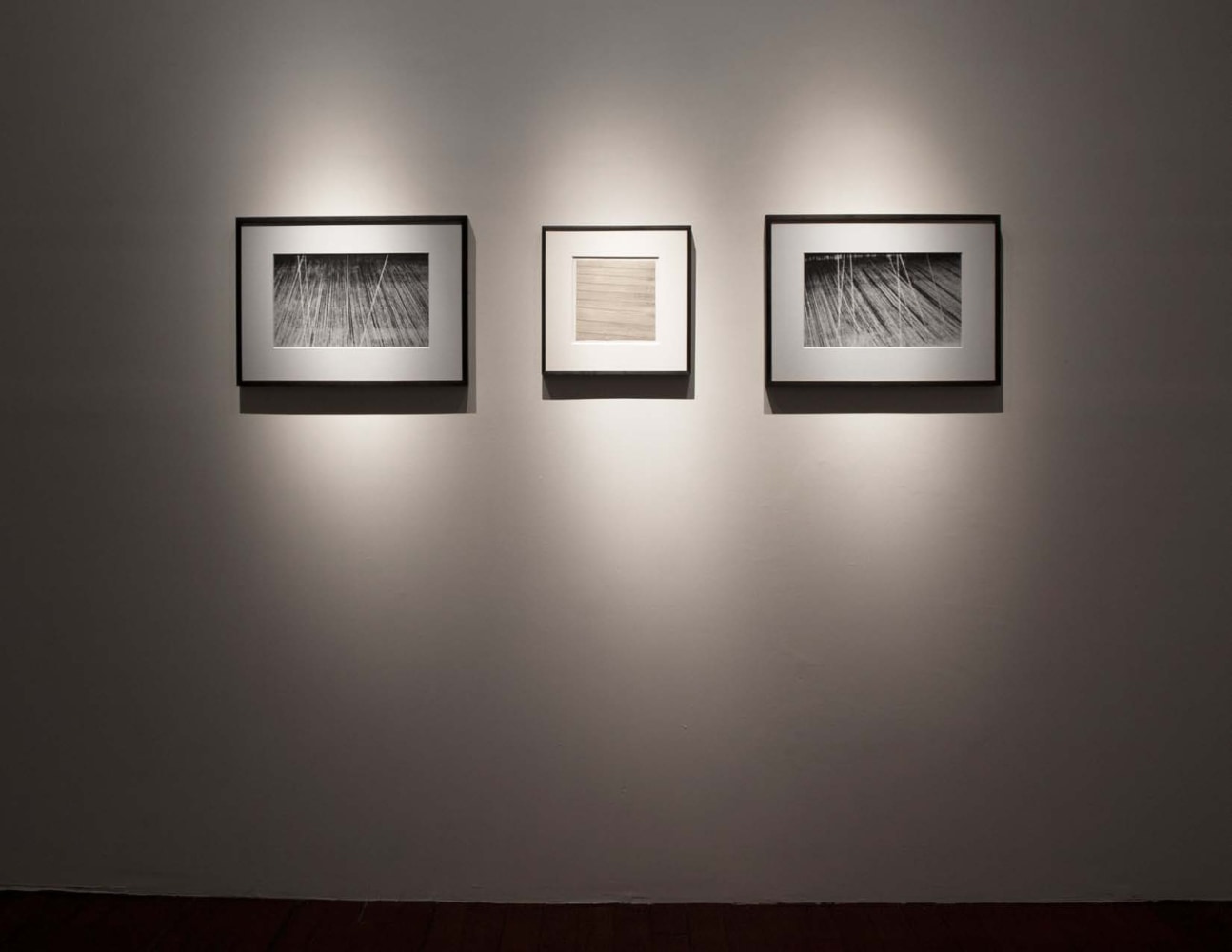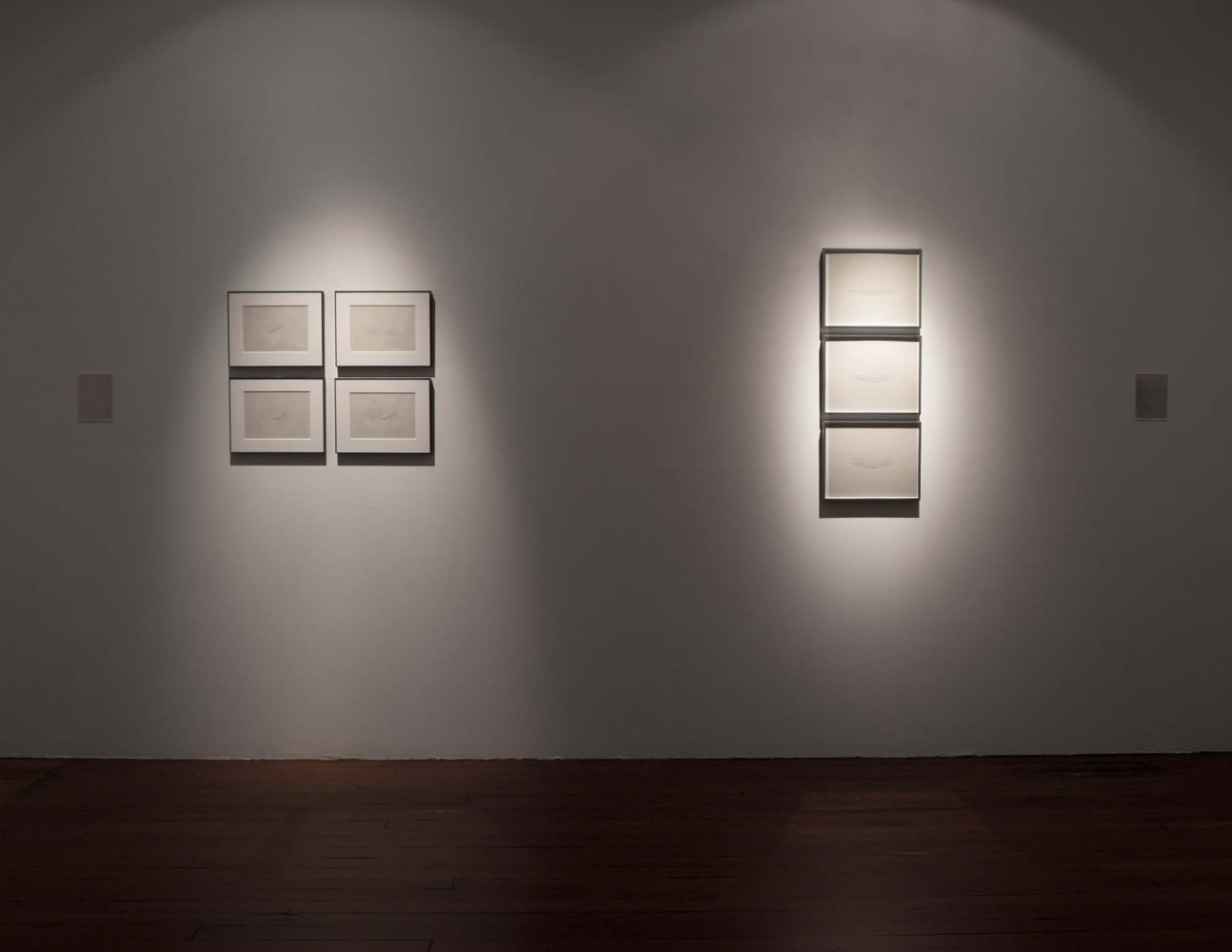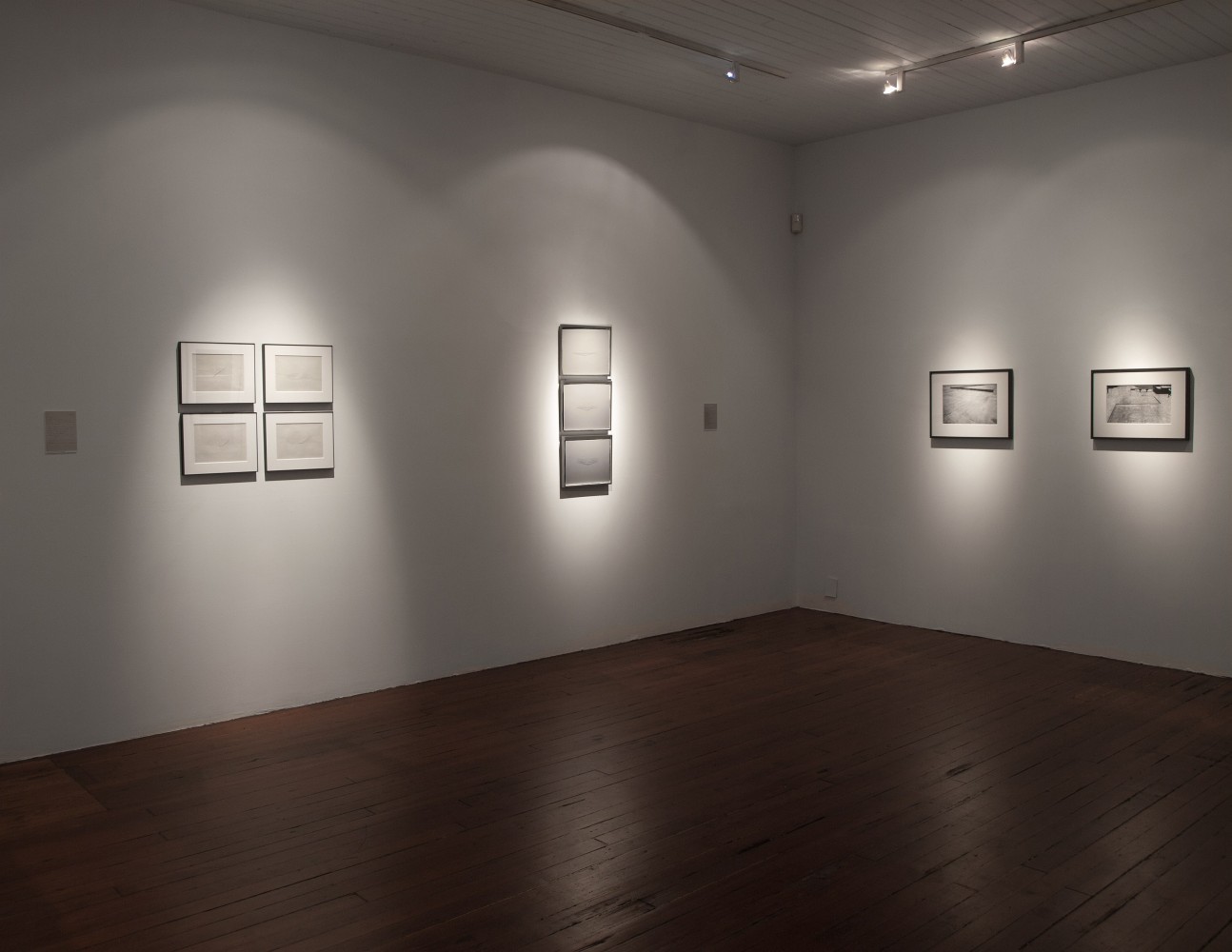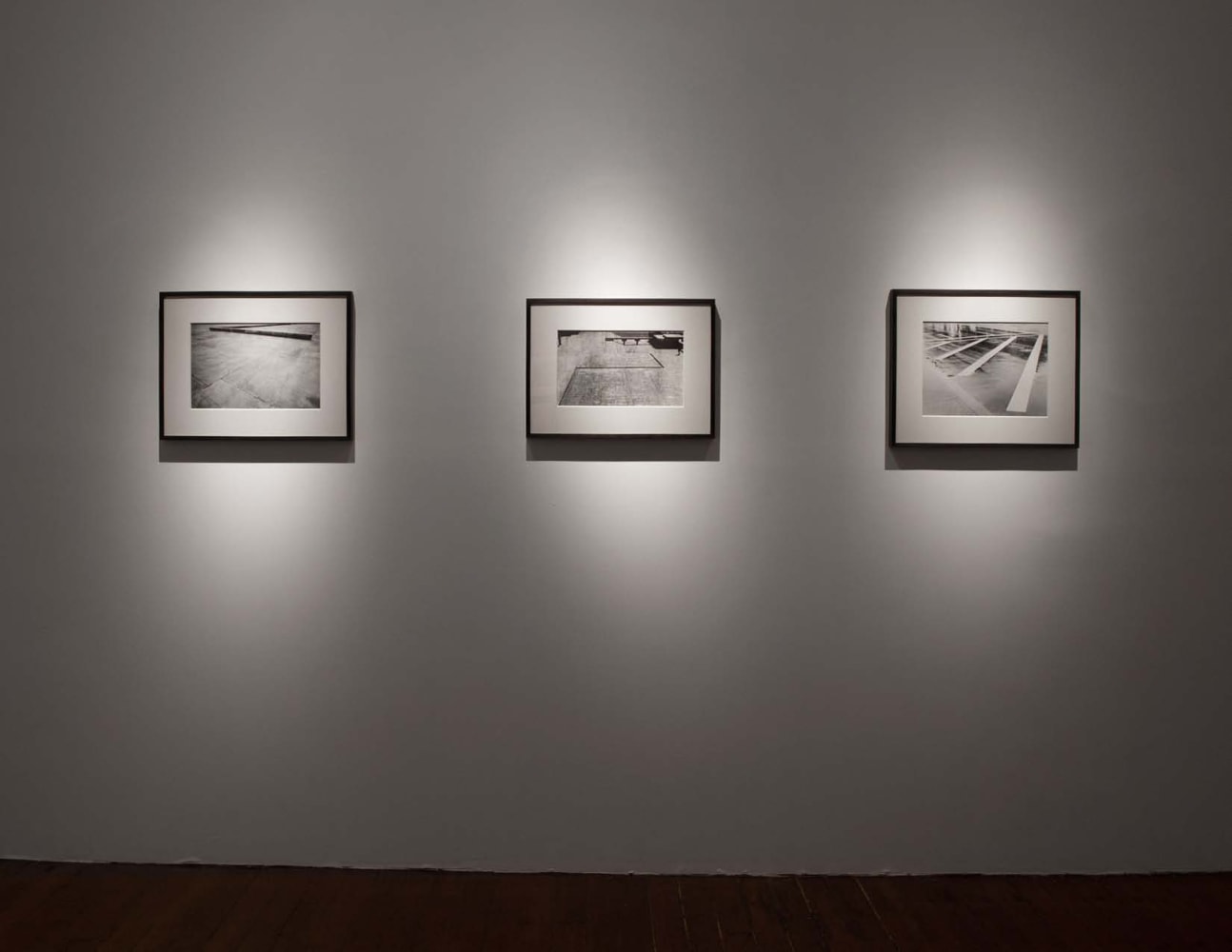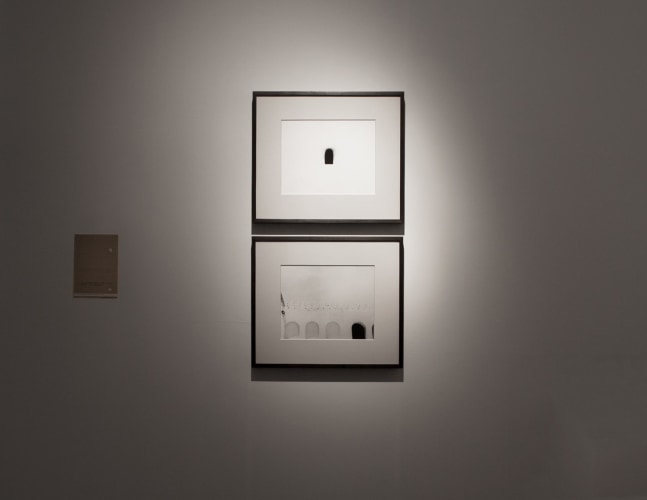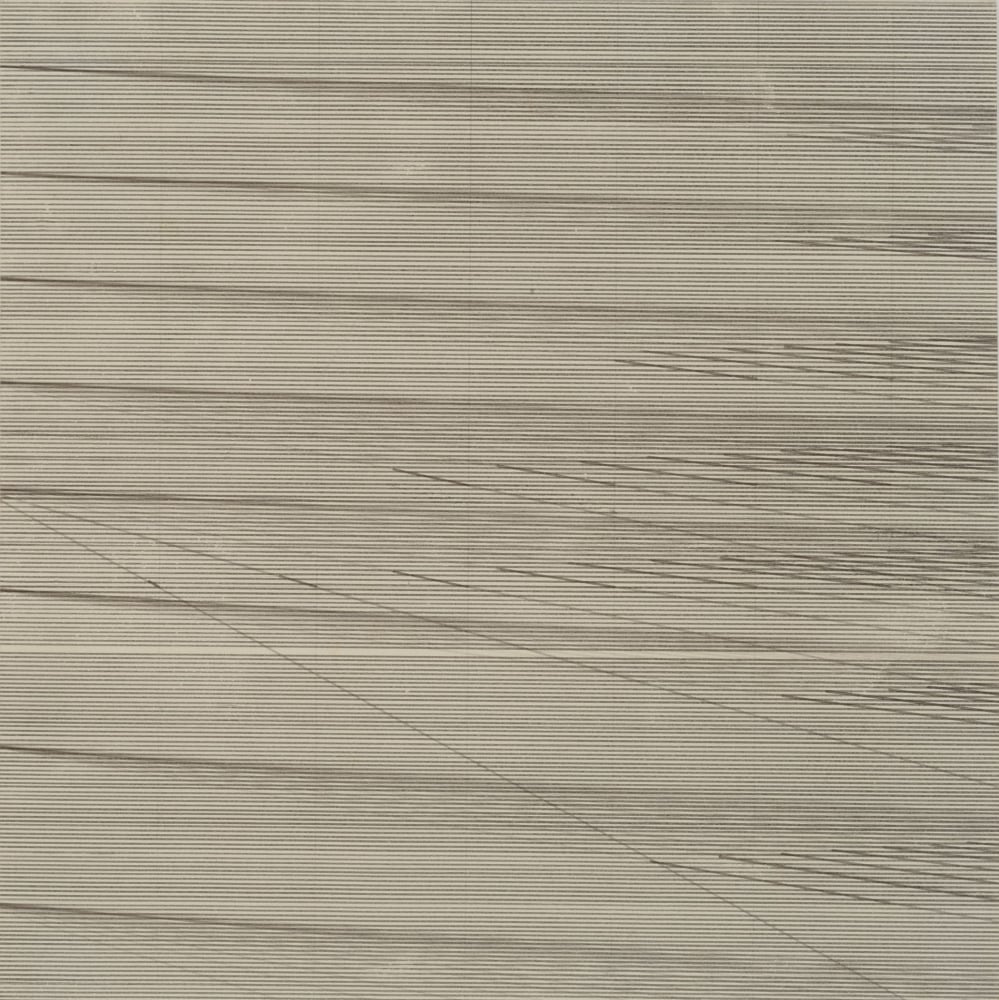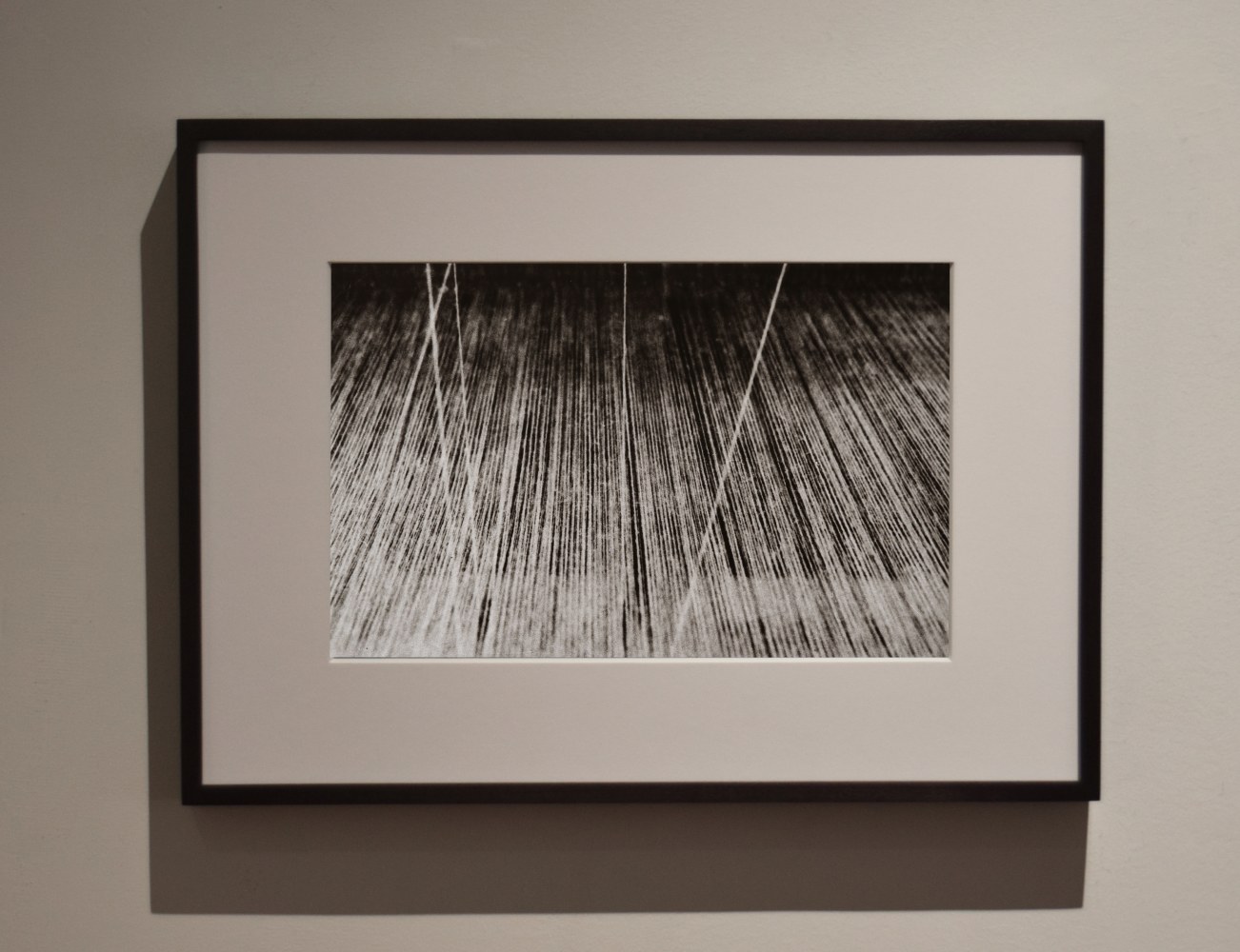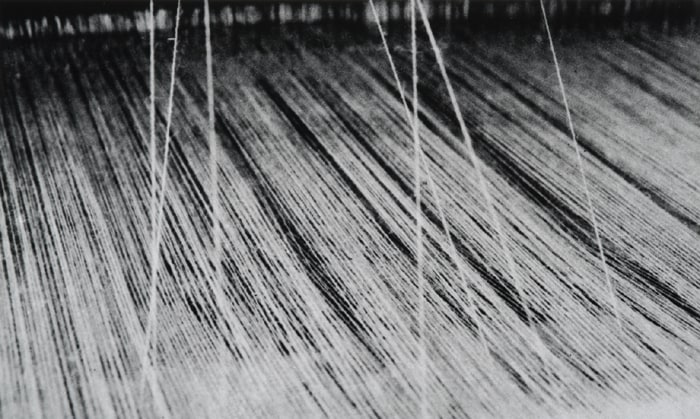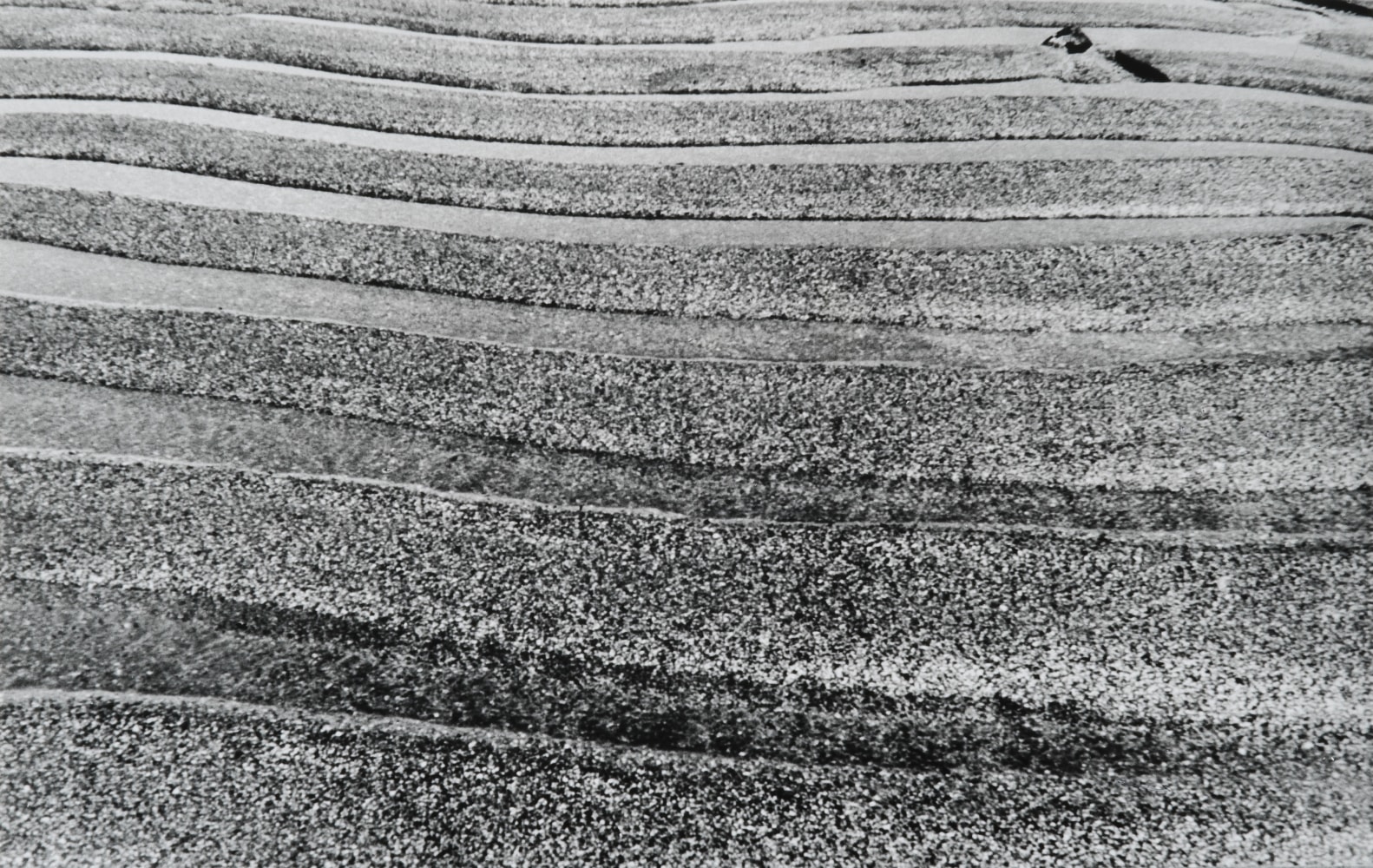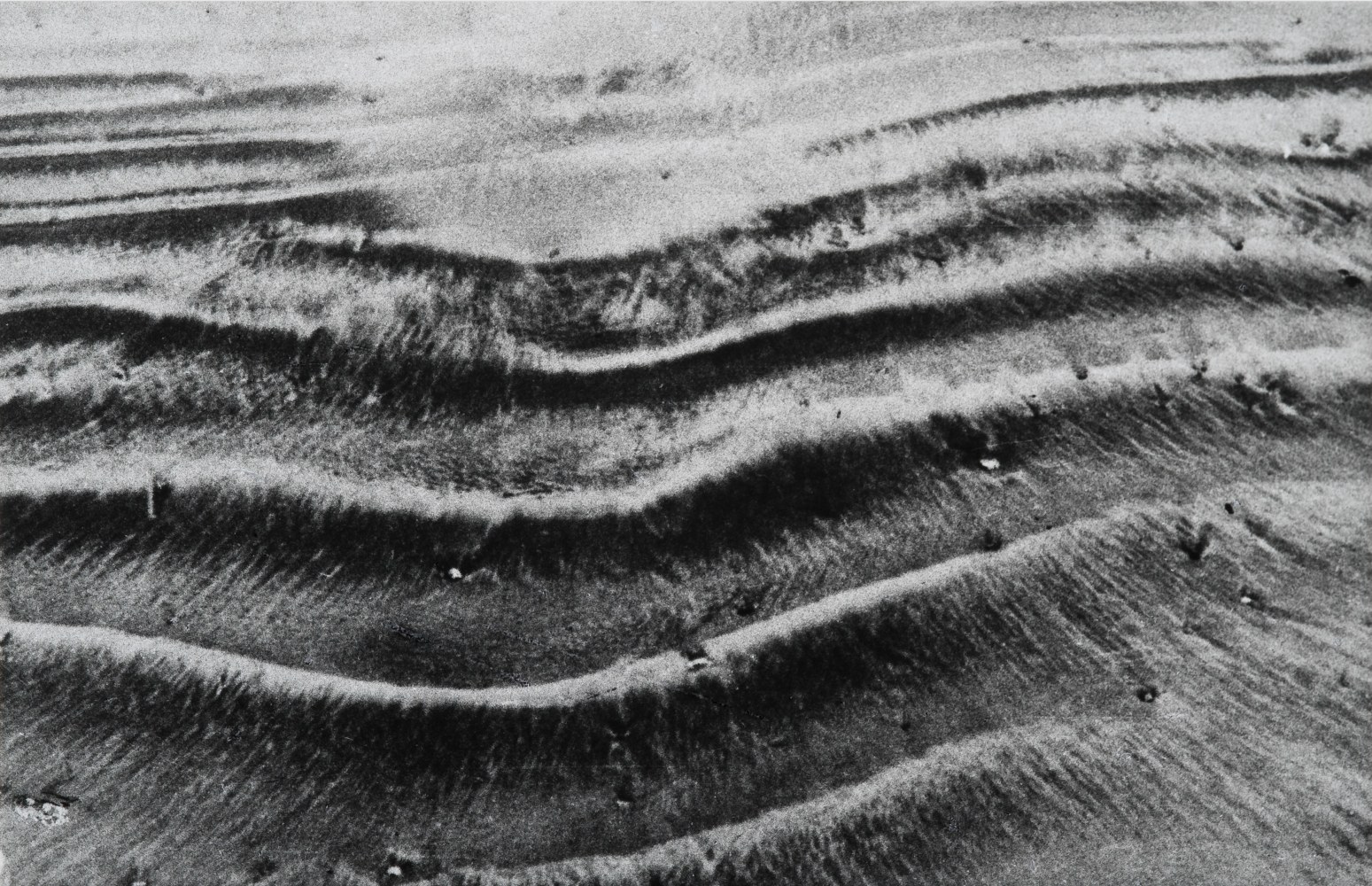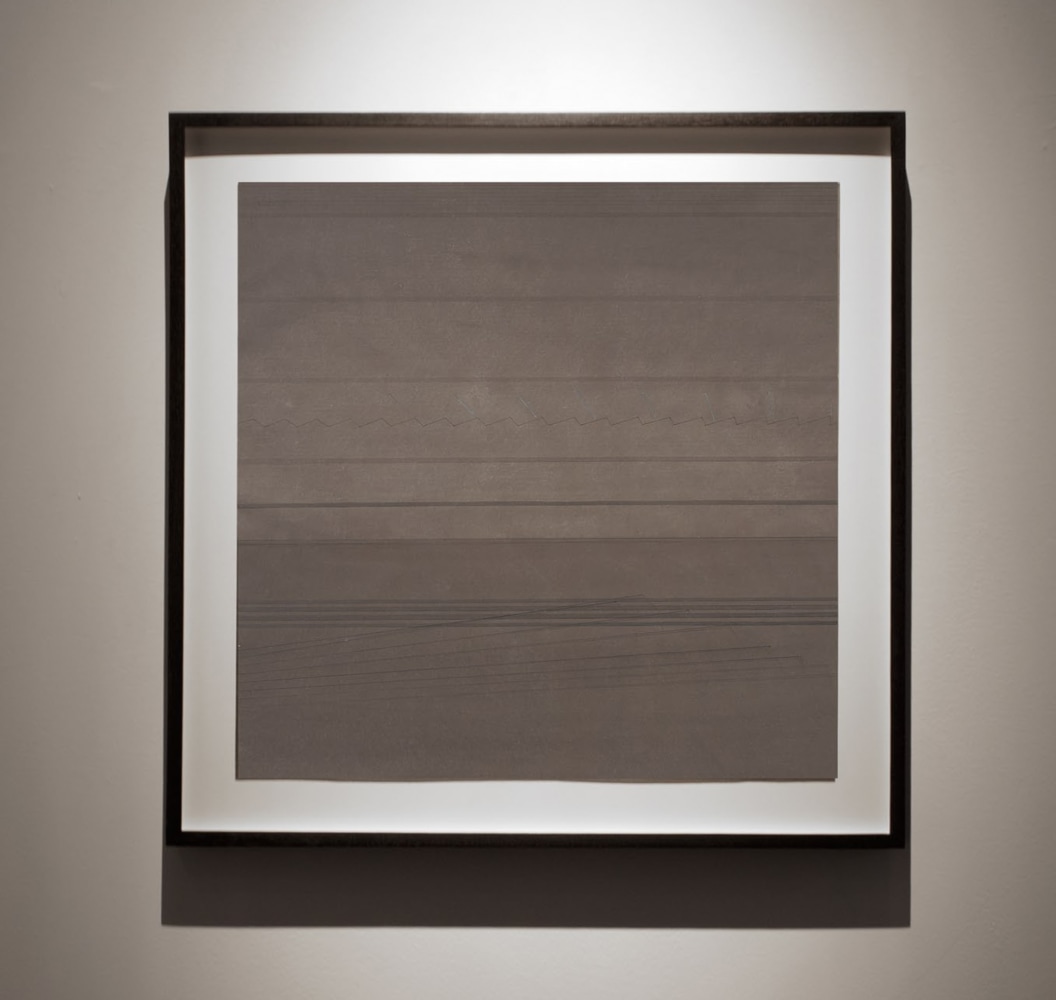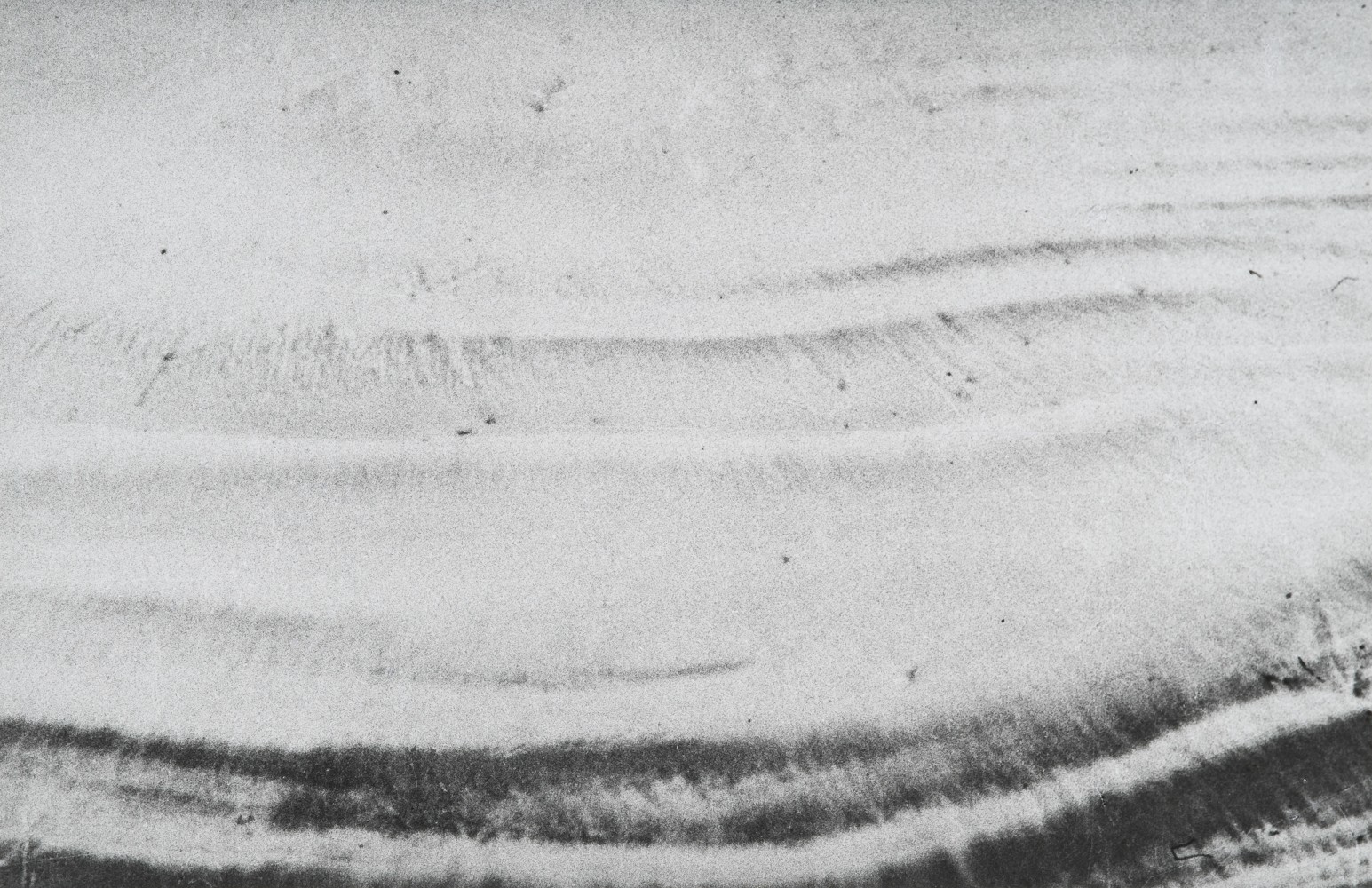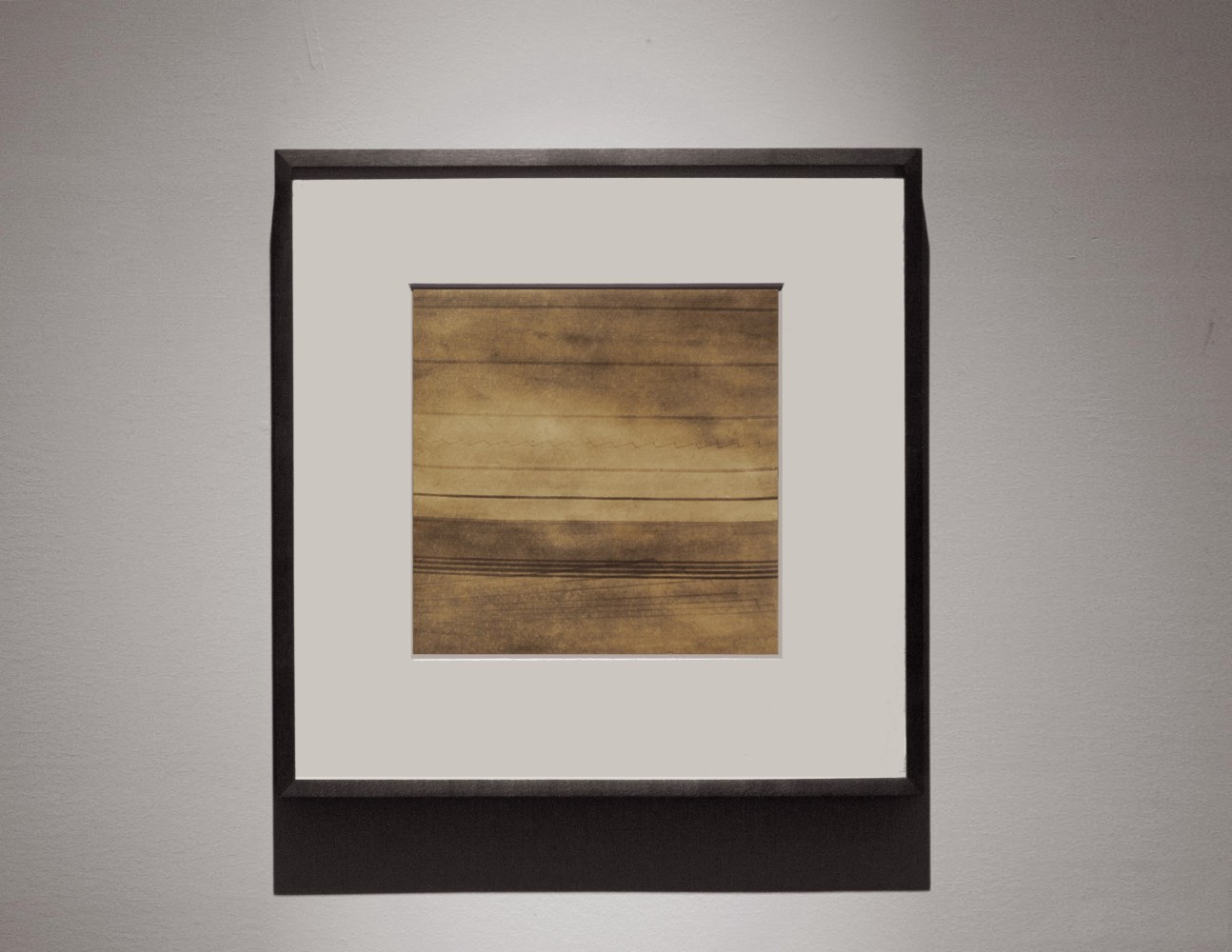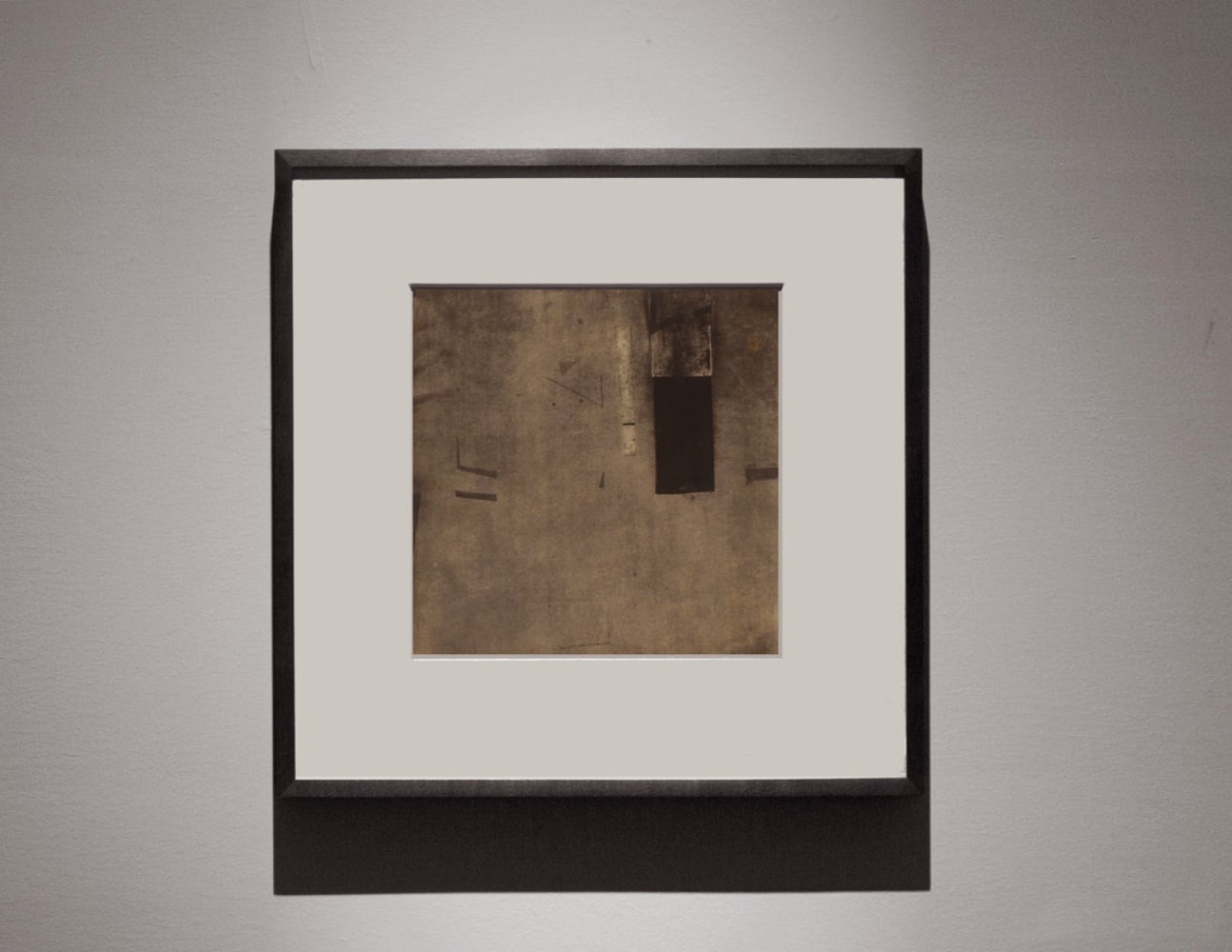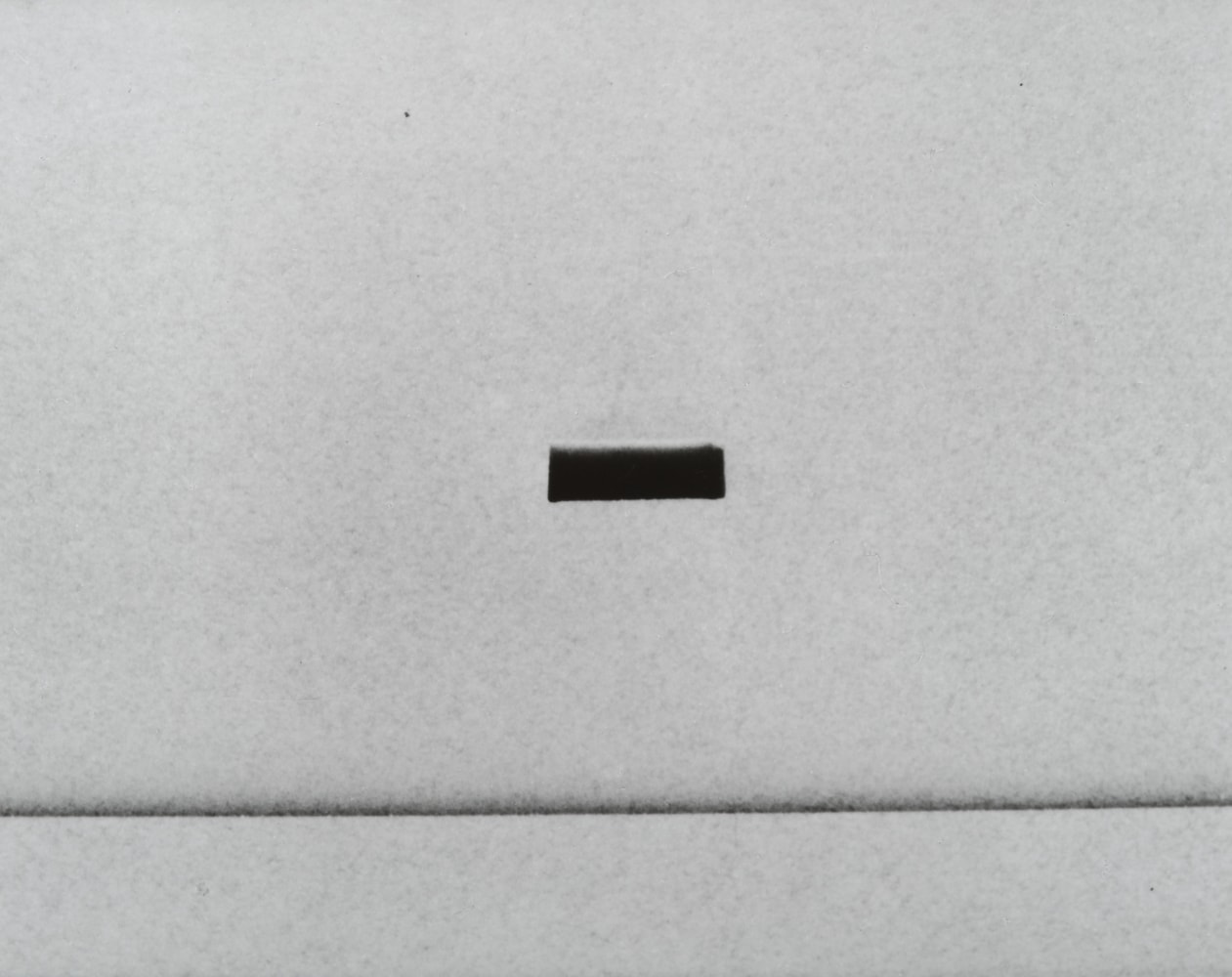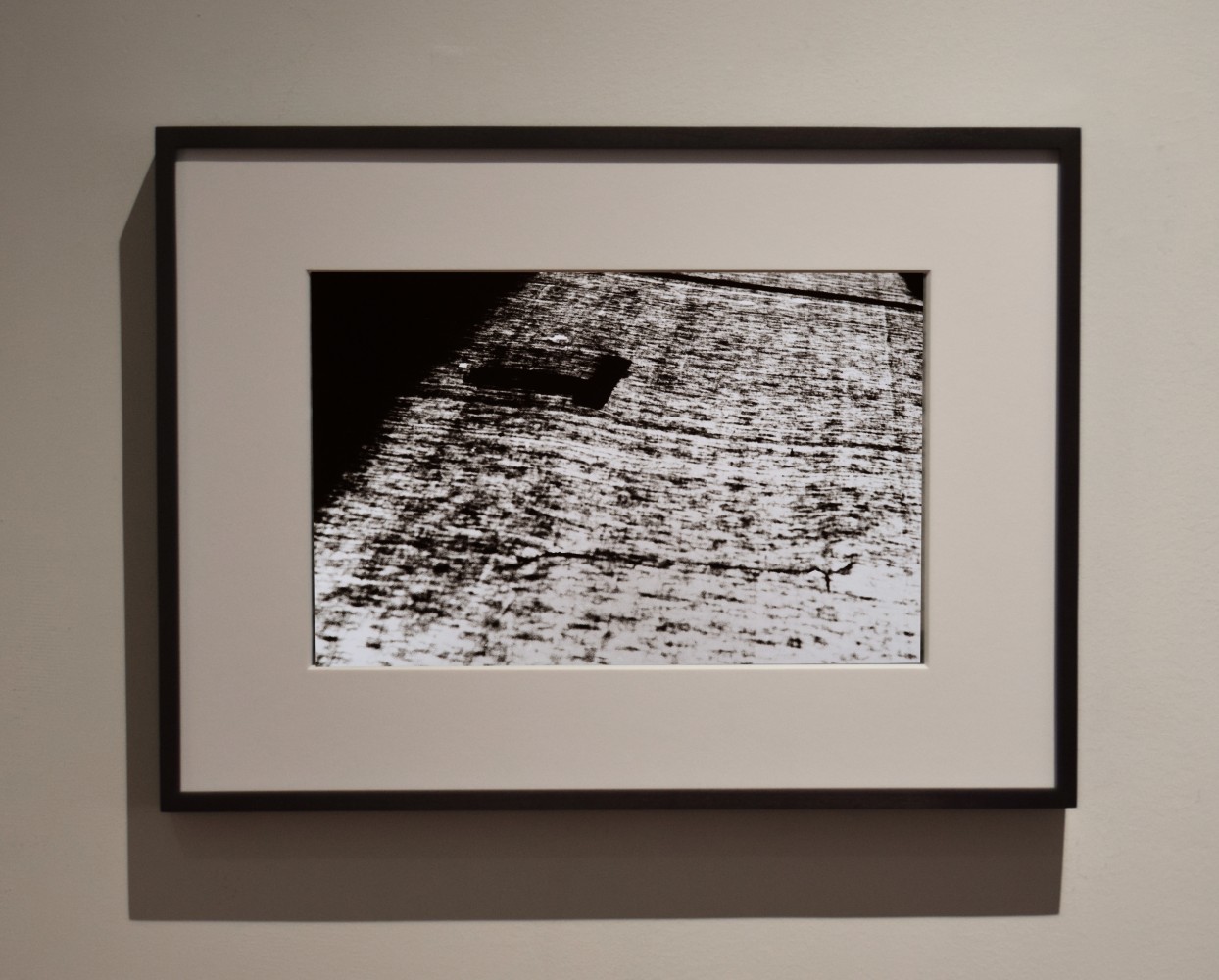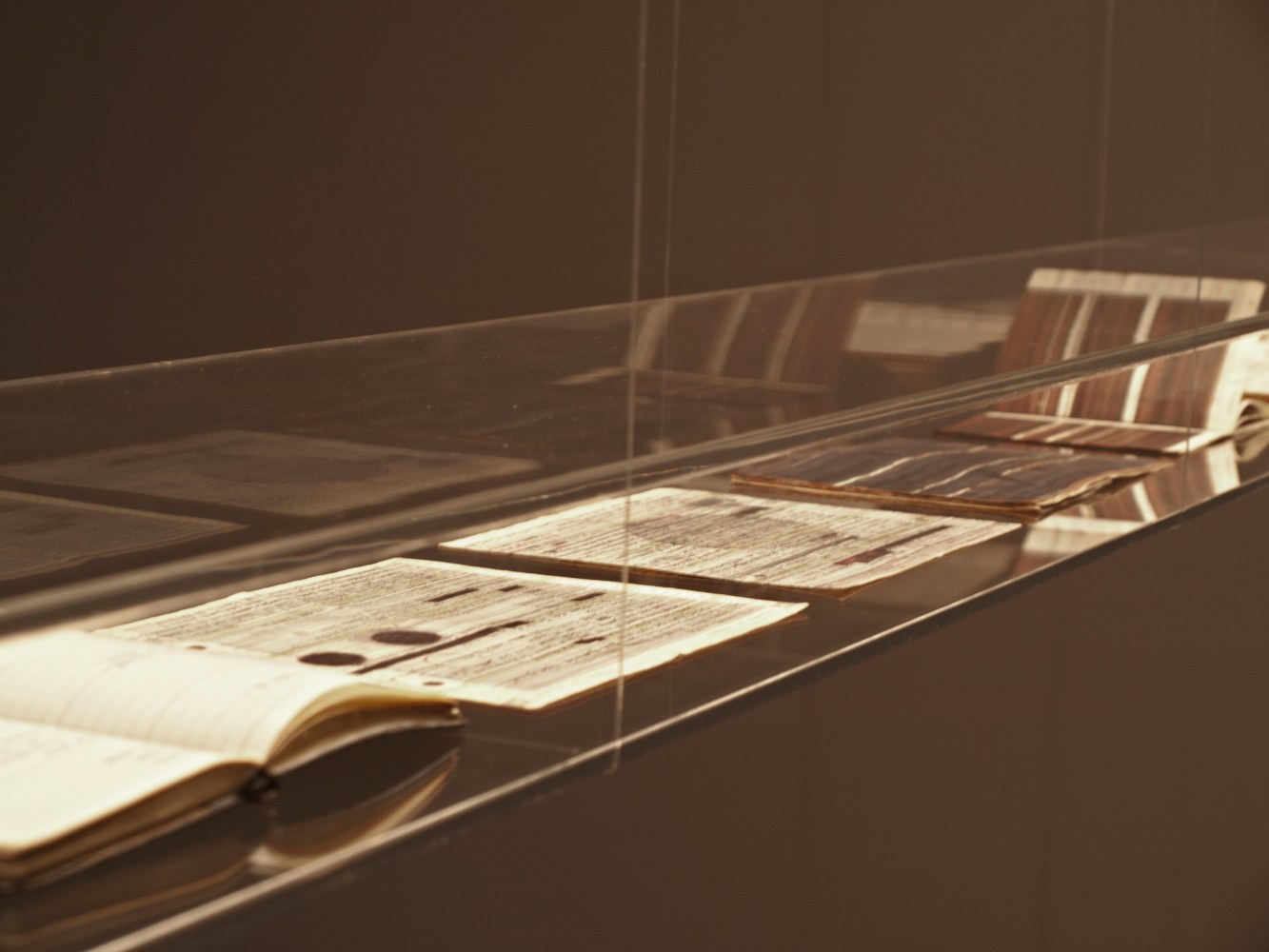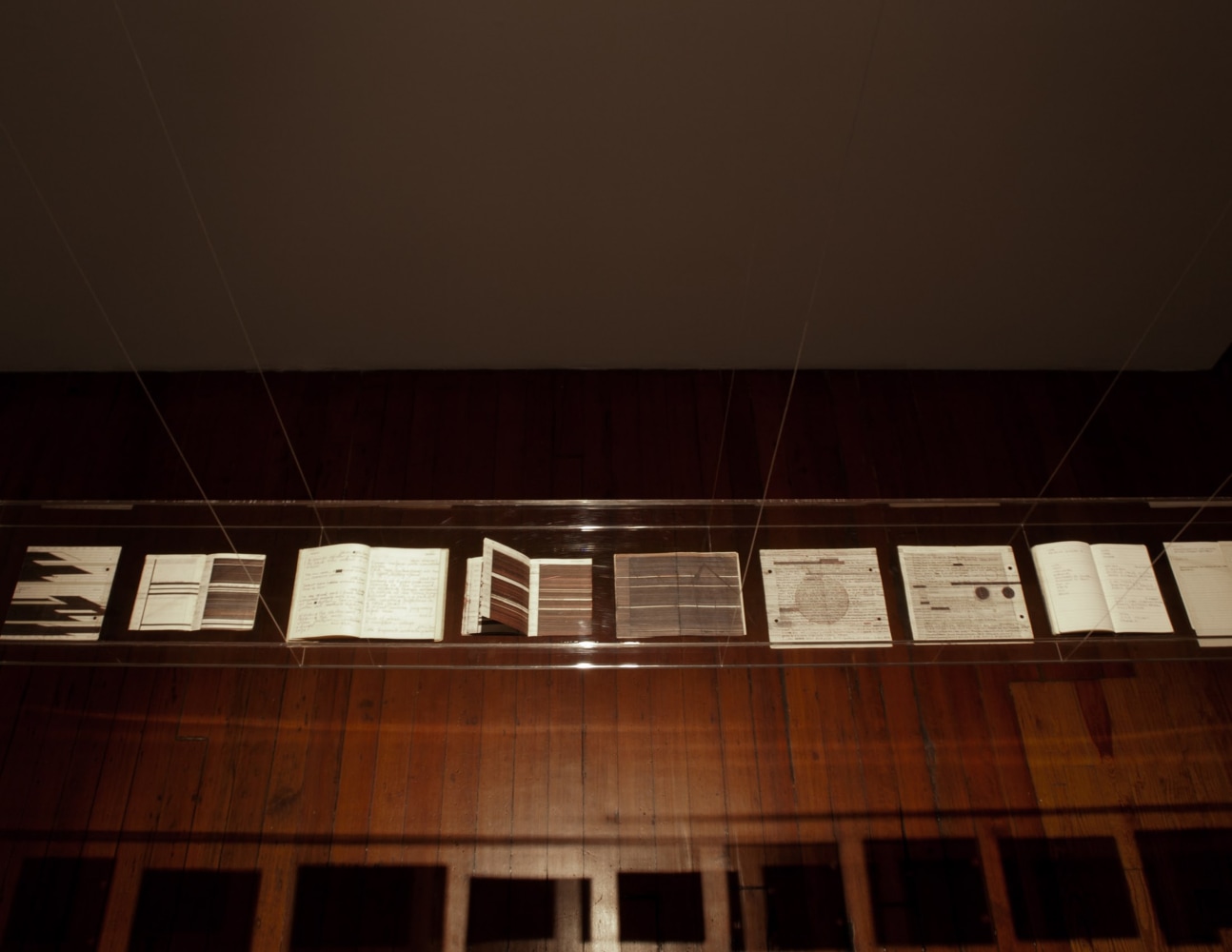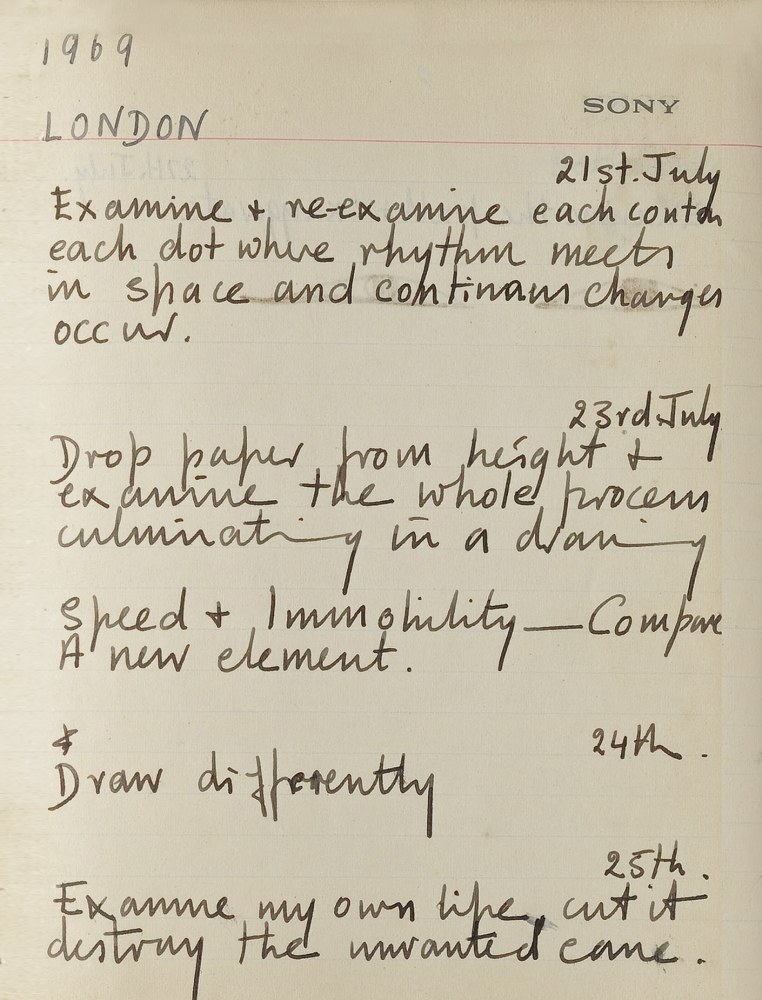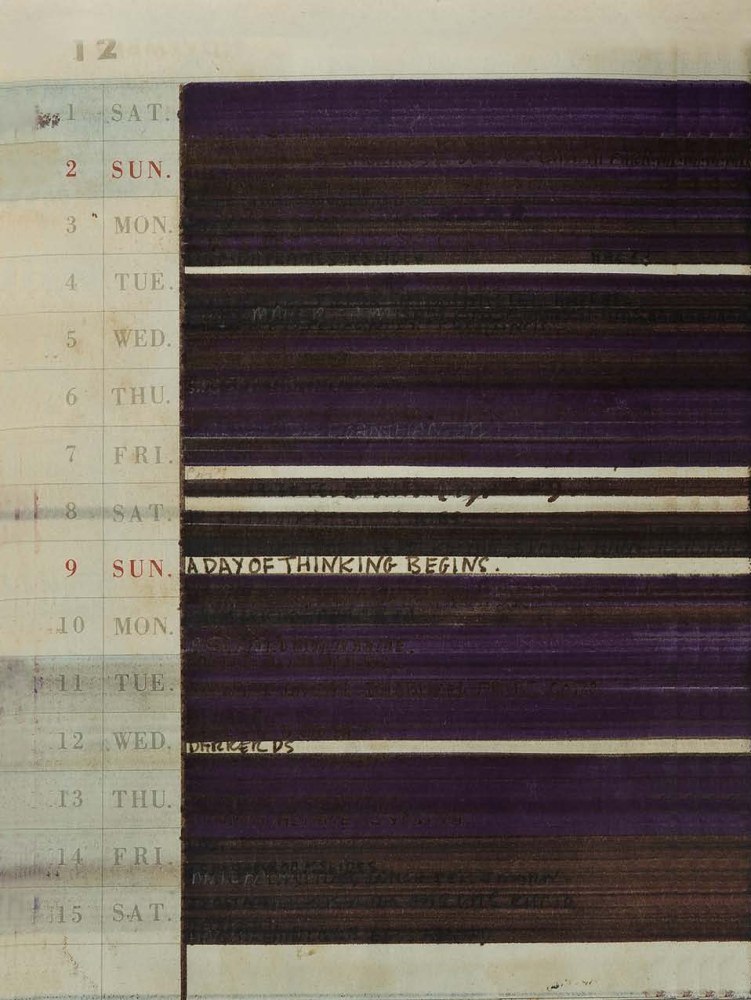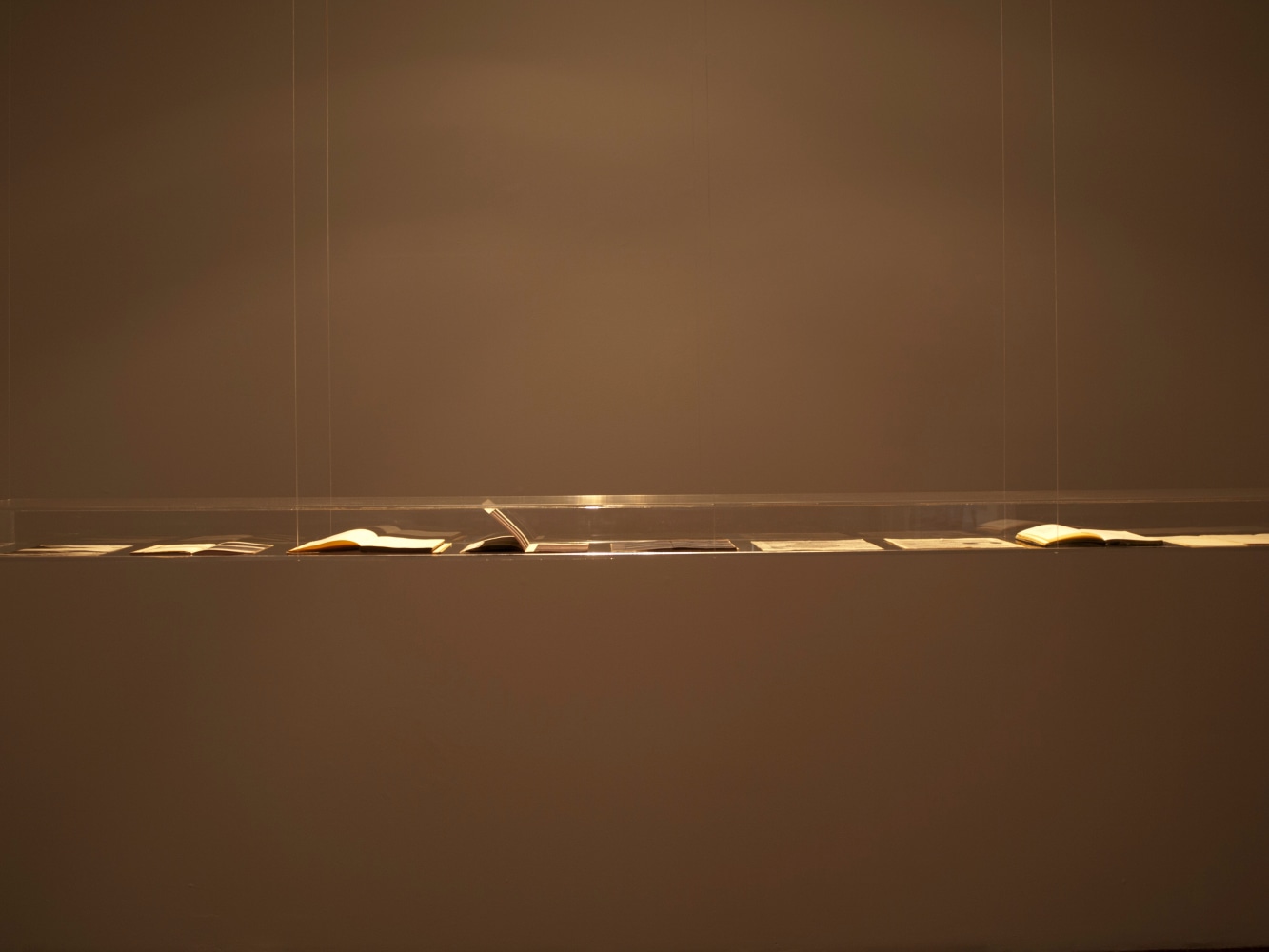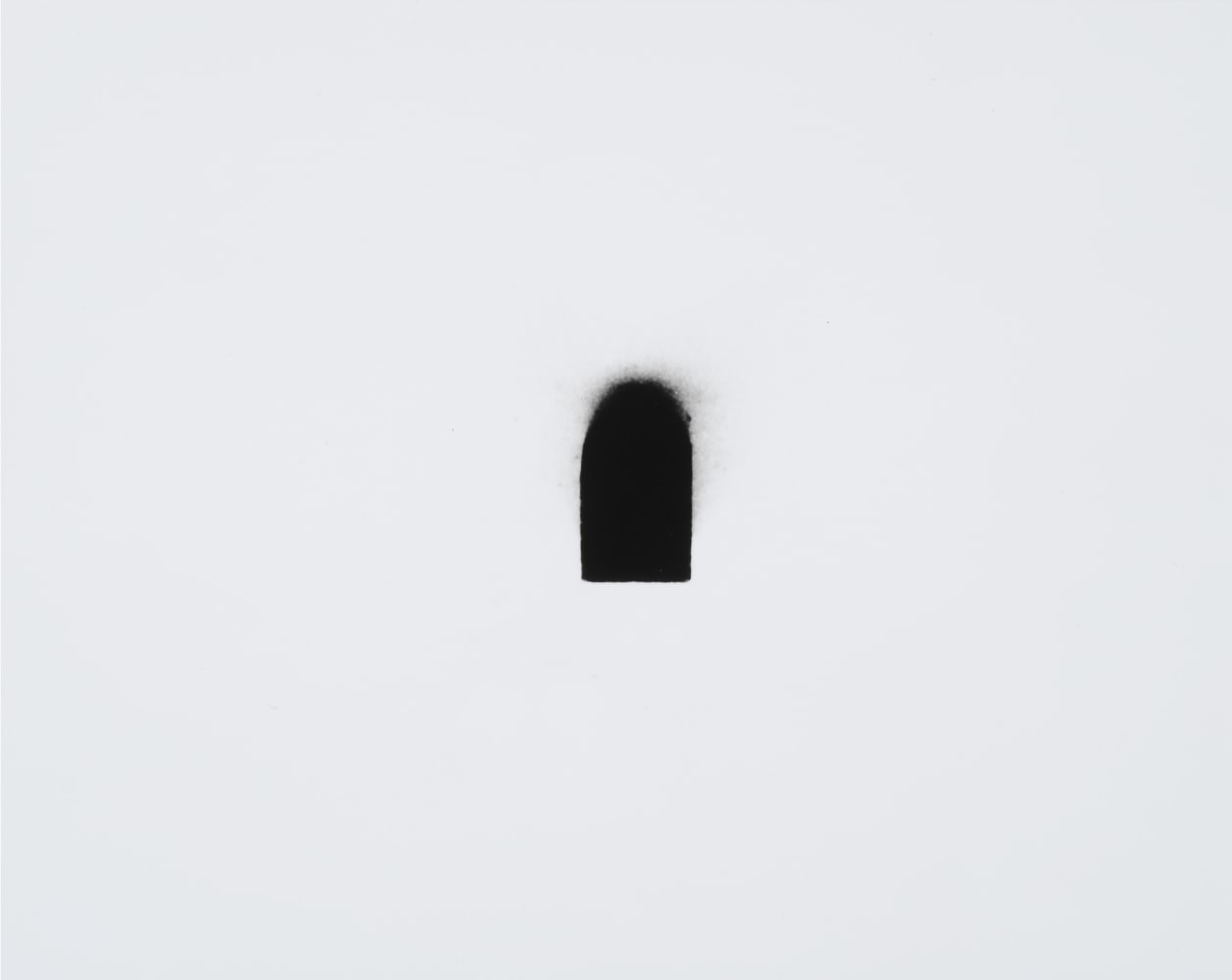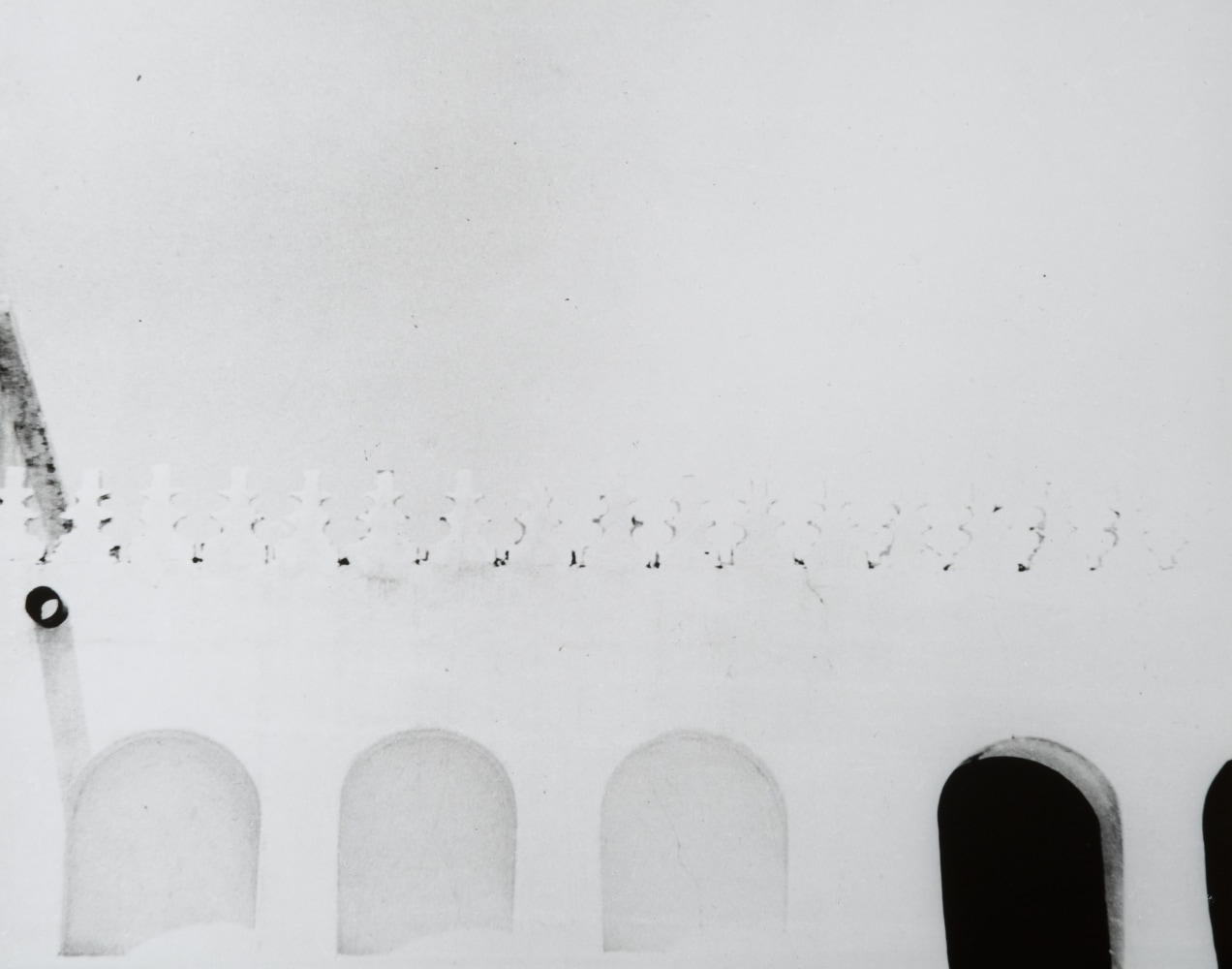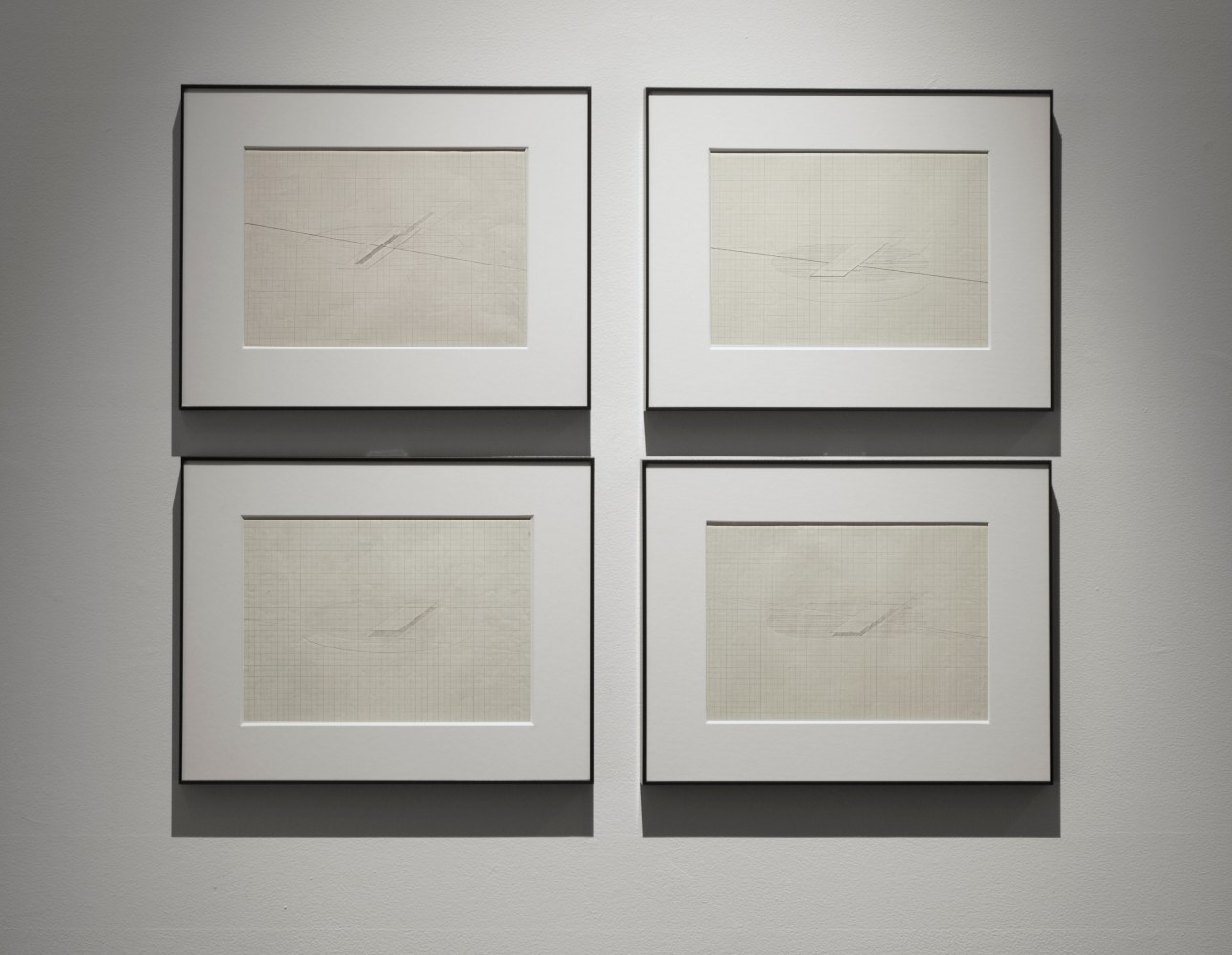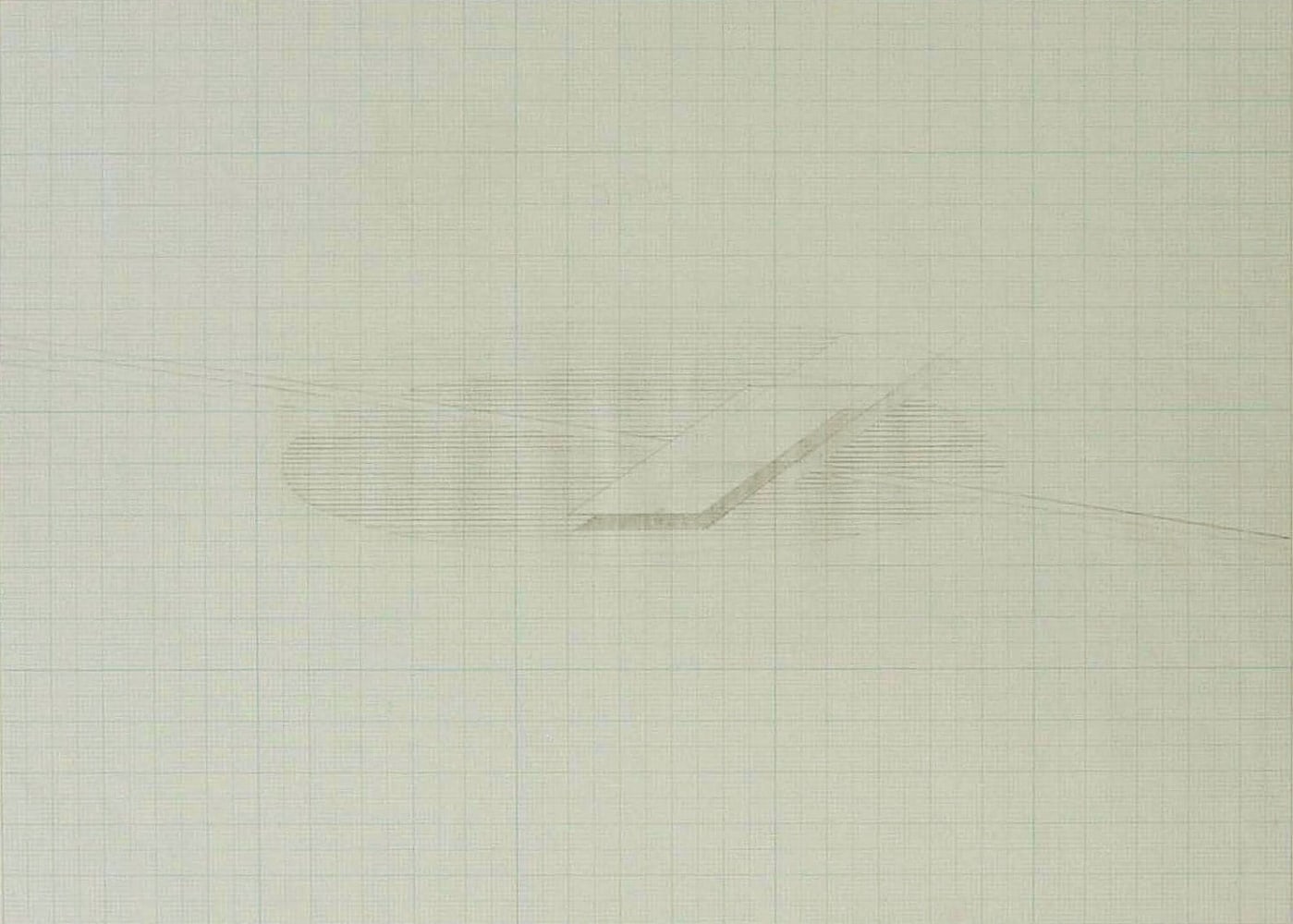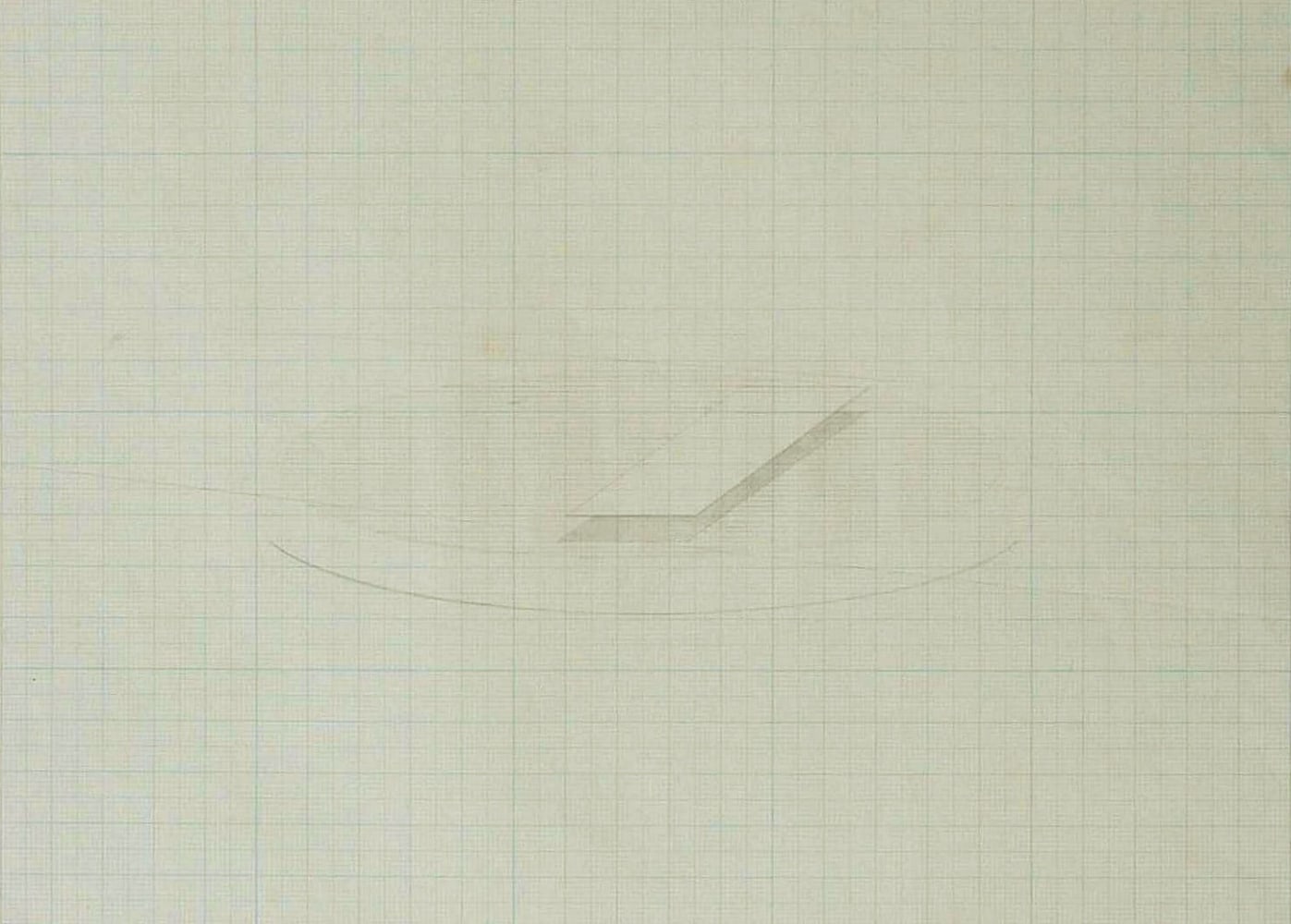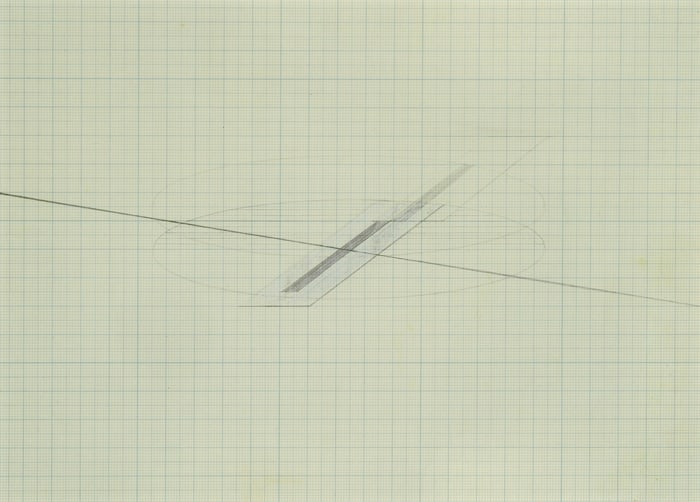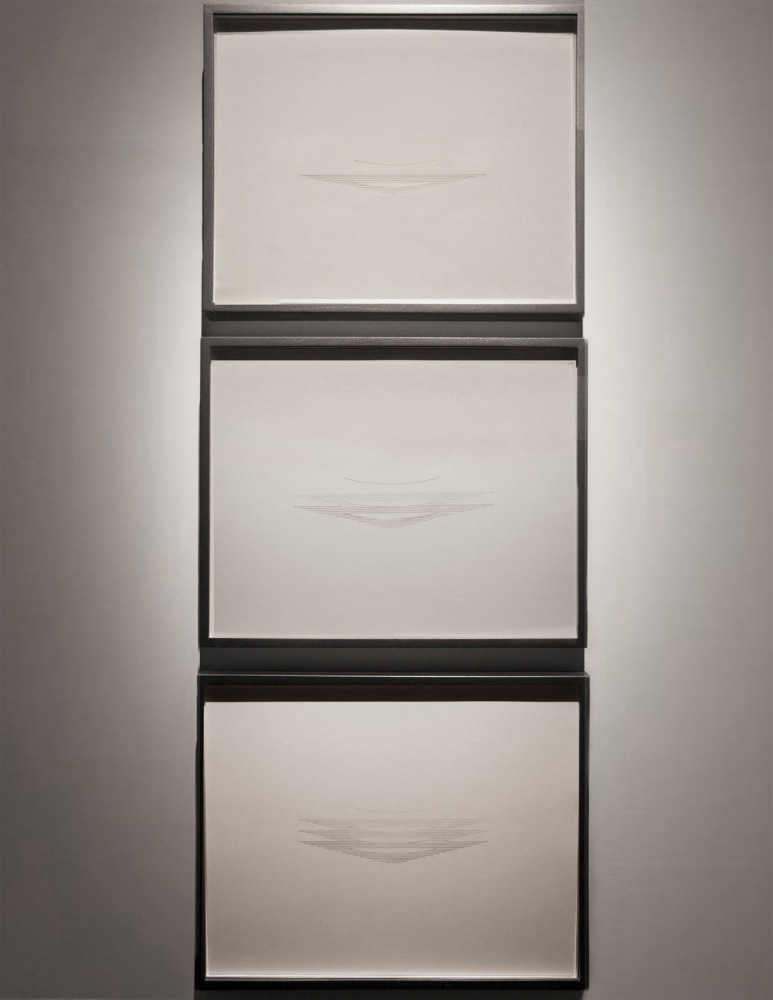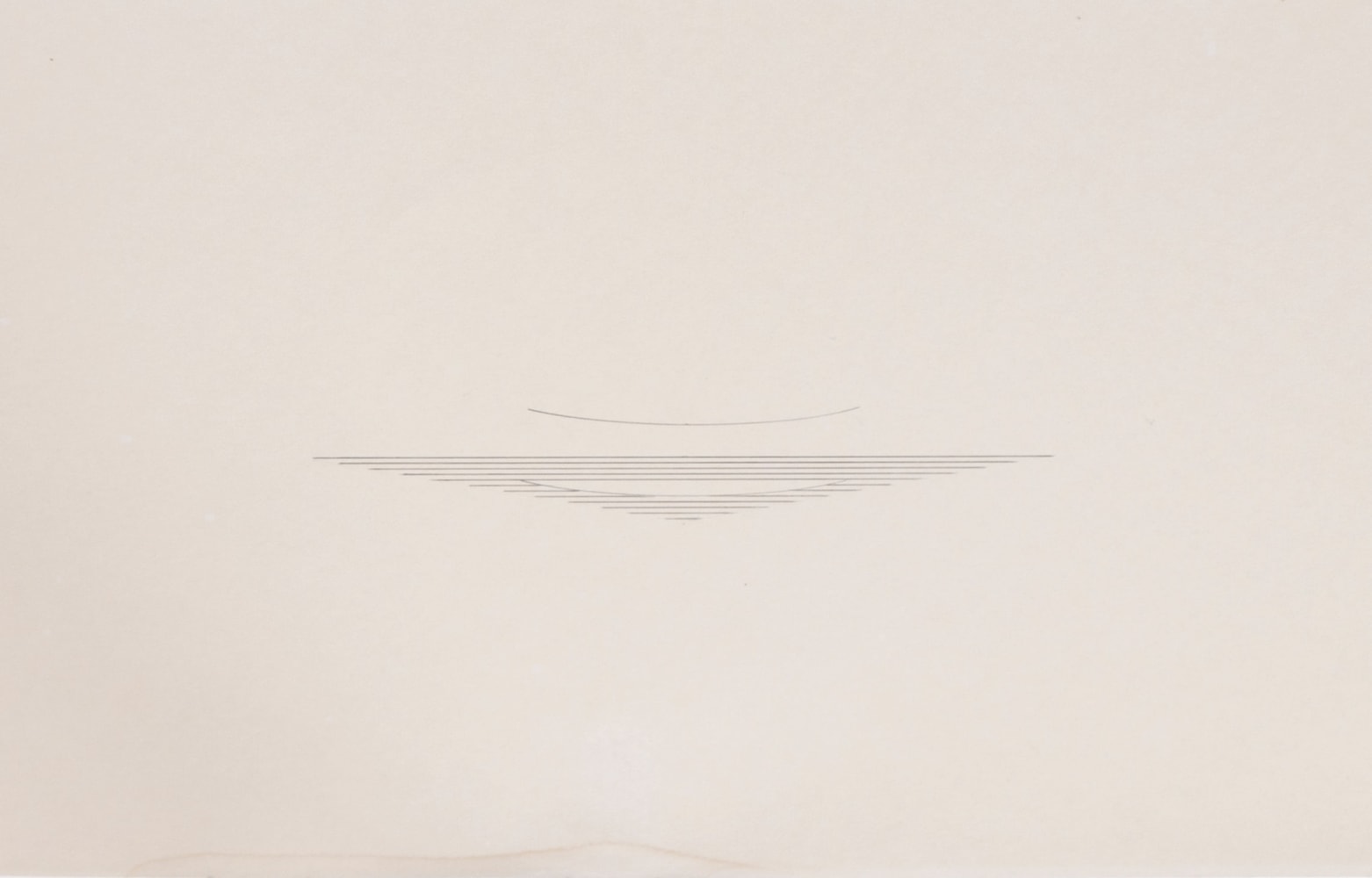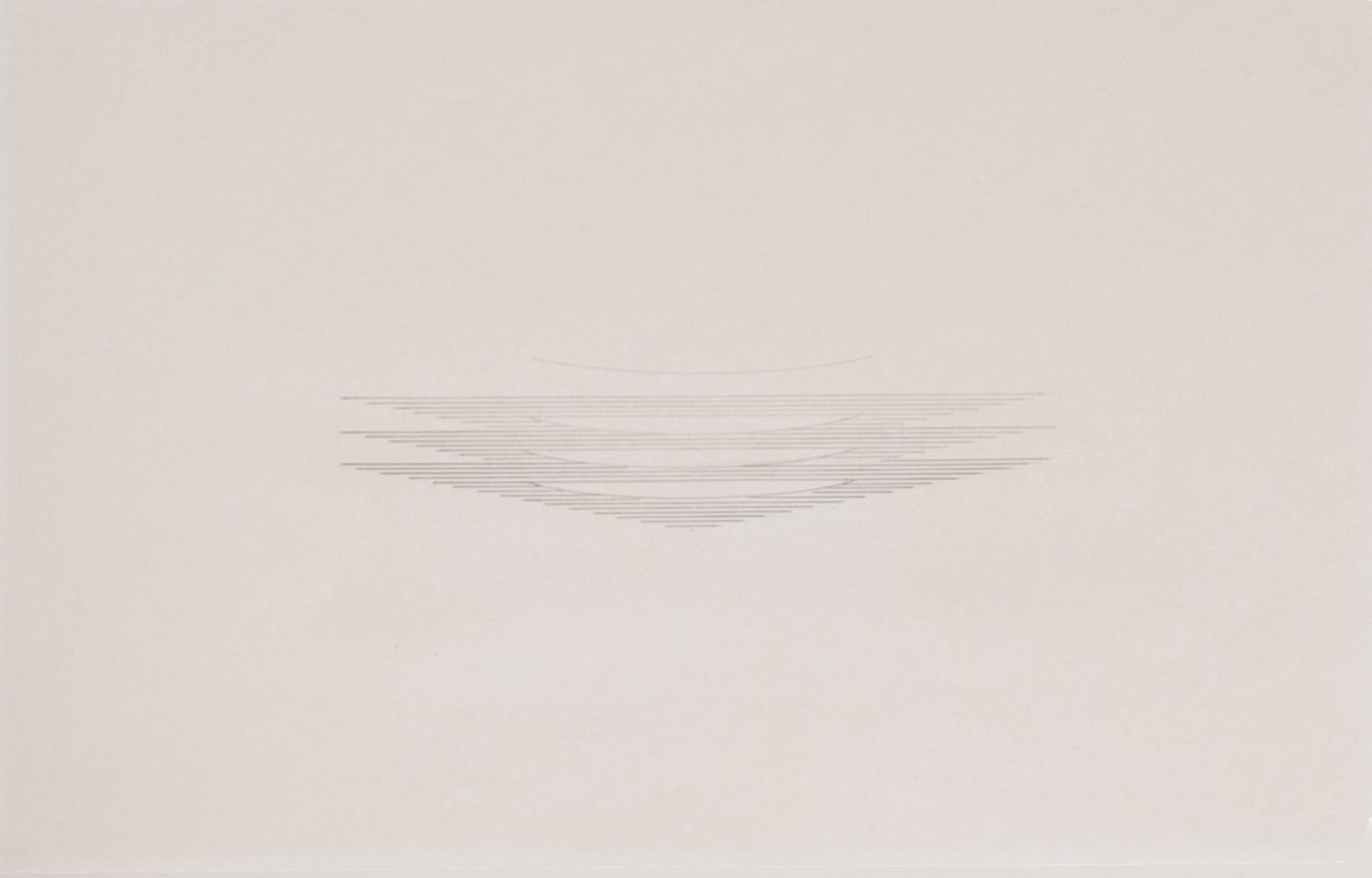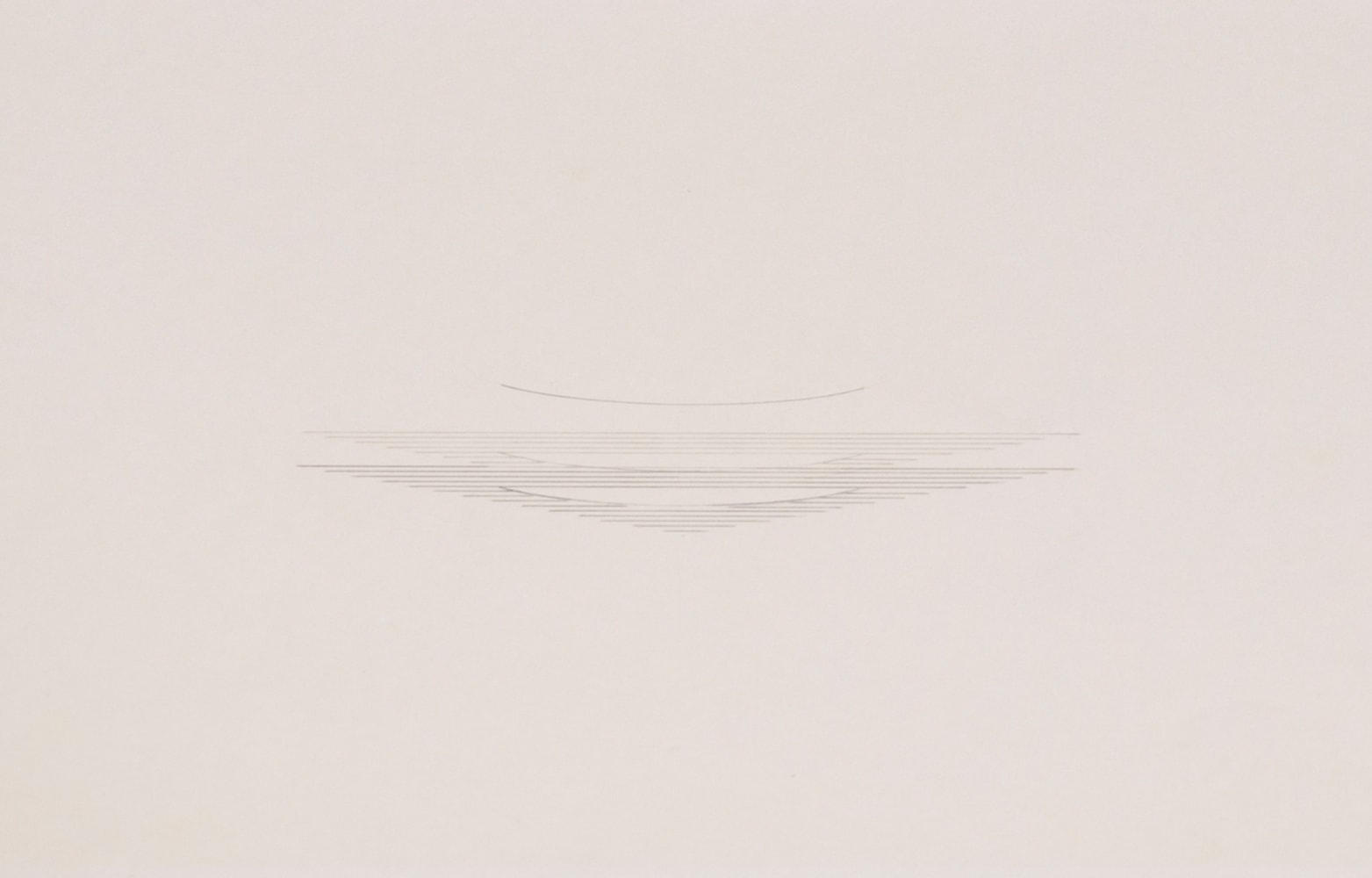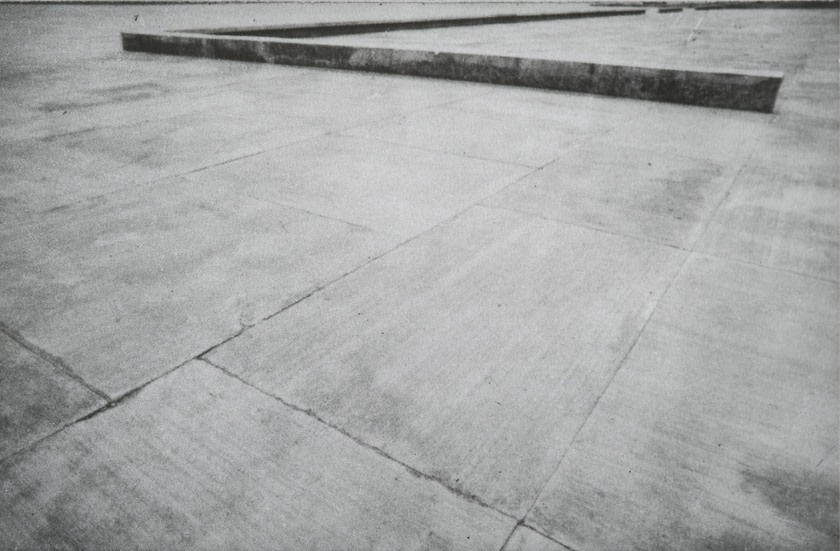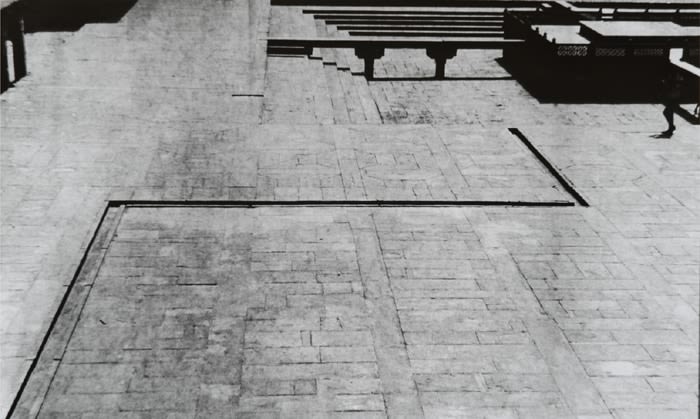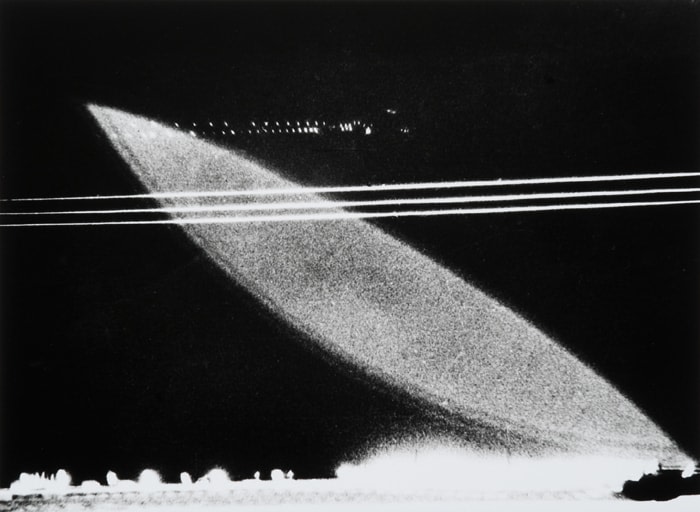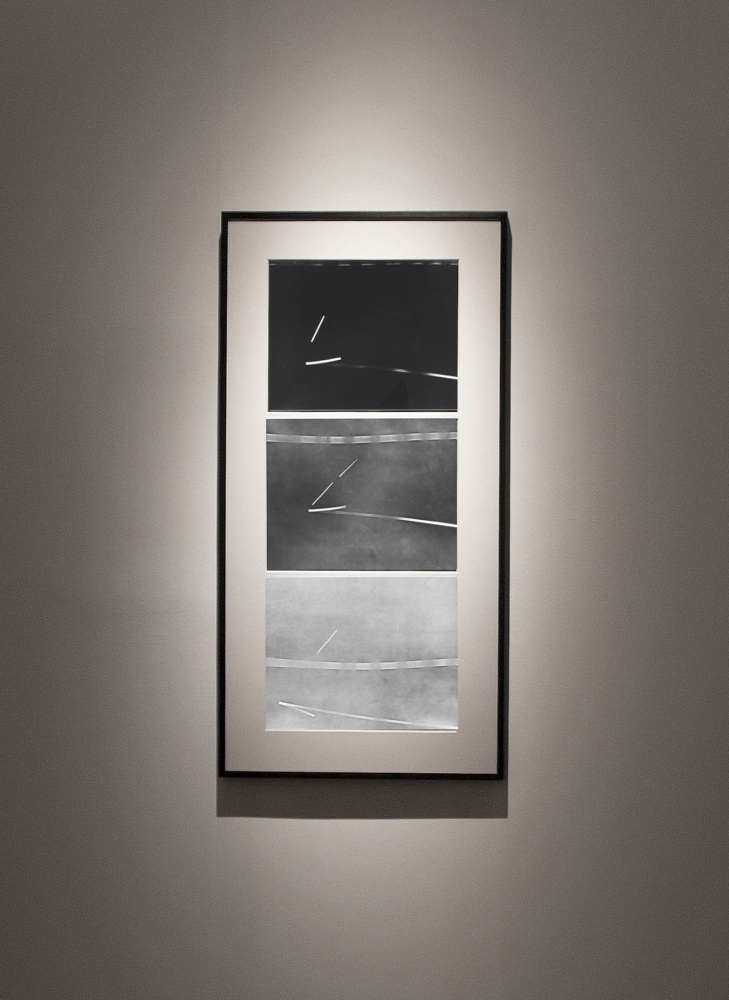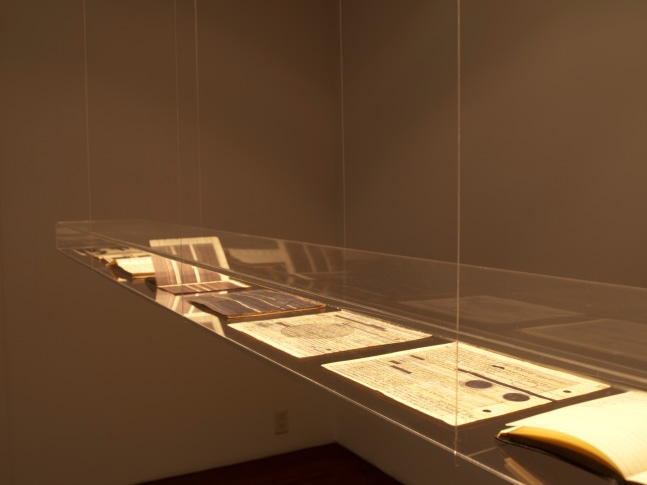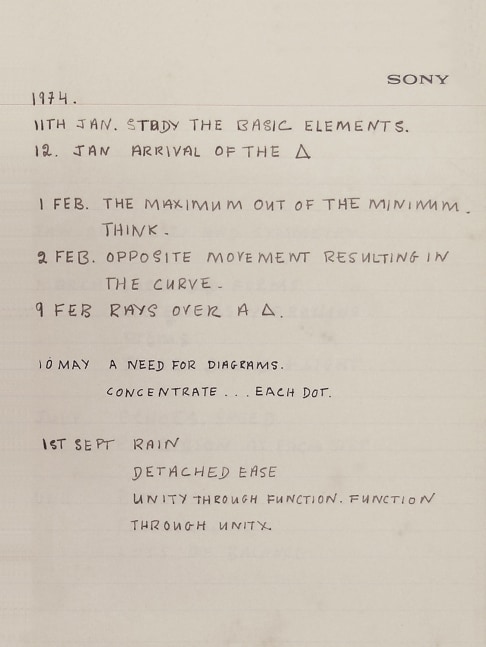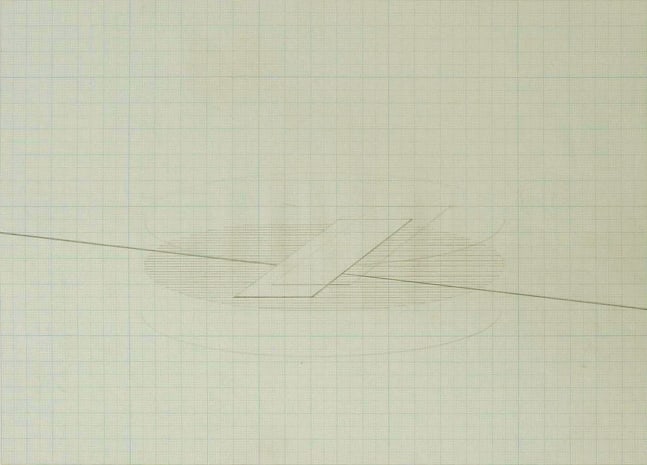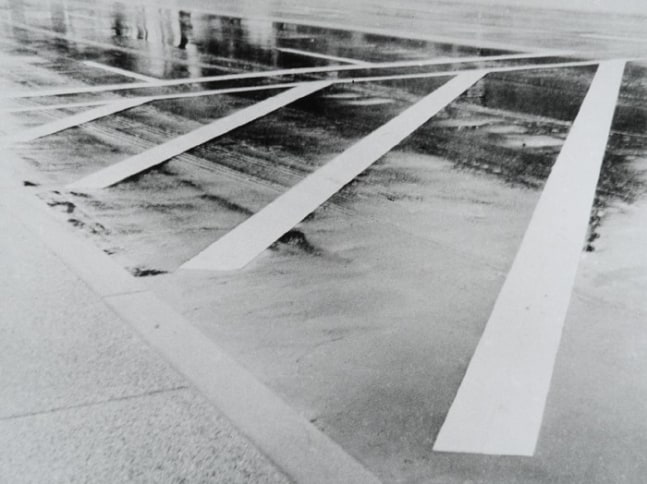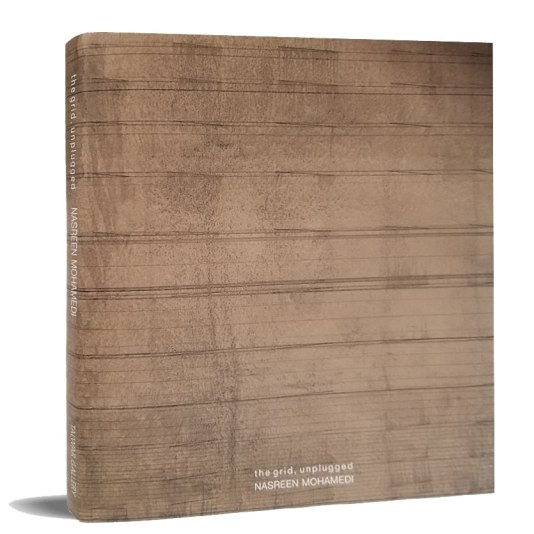"I can’t imagine seeing a more beautiful and tender gallery solo this winter."
Holland Cotter, THE NEW YORK TIMES
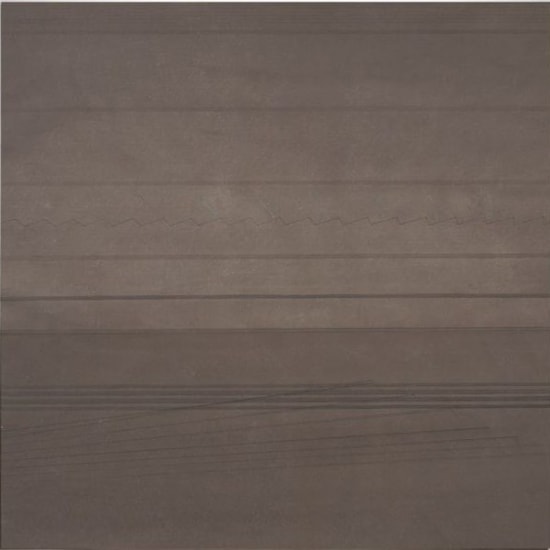
Untitled, ca. 1970s Ink and graphite on paper 18 3/4″ x 18 3/4″
Talwar Gallery is delighted to present Becoming One, an exhibition of photographs, drawings and the diaries of Nasreen Mohamedi (1937-1990). Drawn from across her practice the works on view offer a unique insight into the focused vision that characterizes her oeuvre, including some of her last works and some that have never before been exhibited. Possessing a totality of perspective, unity of thought and action, and absolute surrender to purpose, Mohamedi continued her unflinching quest to examine, inquire and strive for a cohesion of all that was – inside or outside, human or beyond. Whether creating with ink on paper or through a lens on film, she strove to bring together what seemed singular and separate to a connected, co-dependent whole. This was a constant and a continuous process where time did not matter and space was infinite, not one with a destination but a direction.
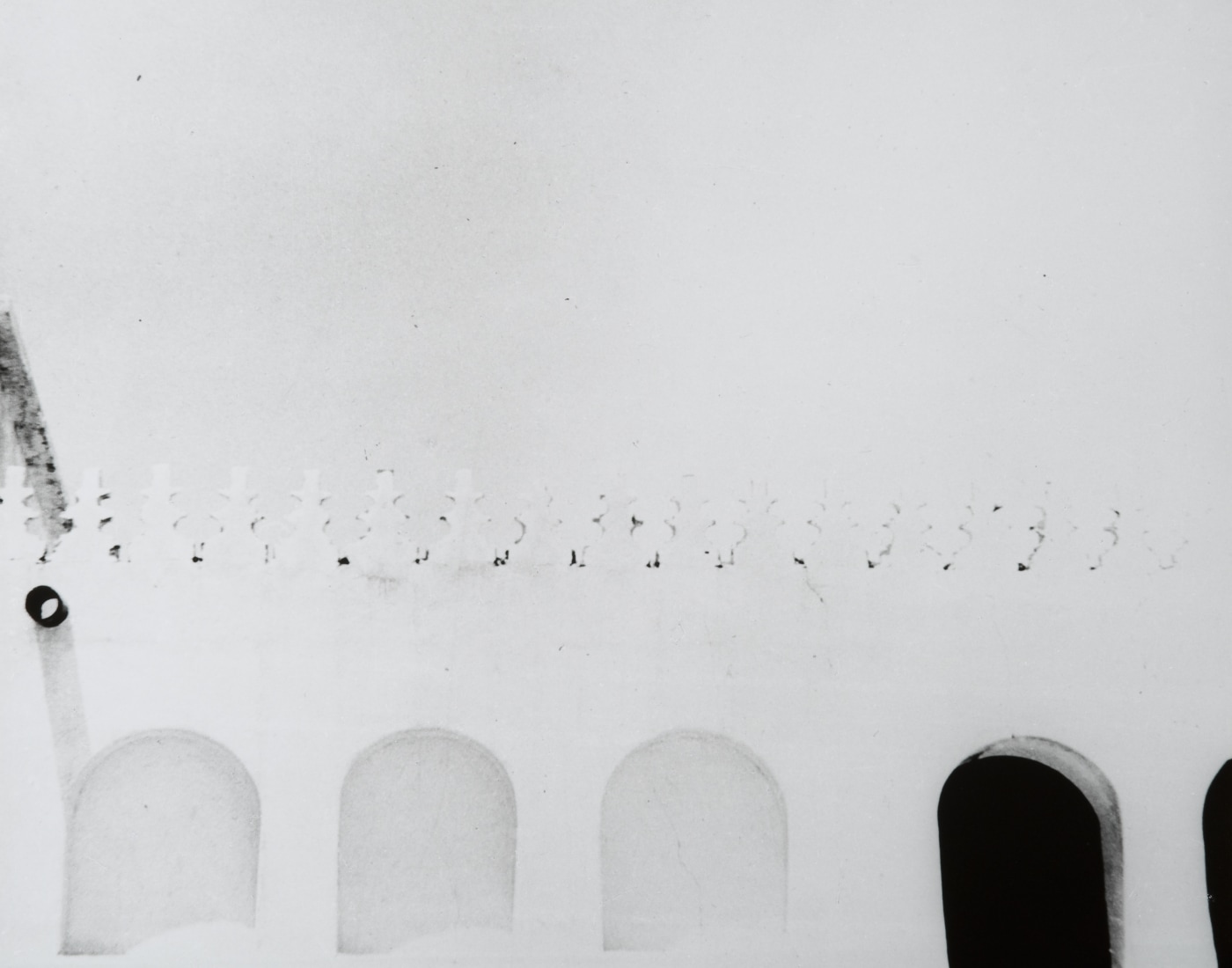
Untitled, ca. 1960s Black and white photograph 9 3/5″ x 12″
“Seeing Mohamedi’s work was kind of a revelation...I was more familiar with the figurative Indian tradition. I hadn’t expected to see work like that there at all. It was wonderful to find elements there of a language I understand. The purity of modernism gets a fantastic taint and impurity when it’s made in the third world, where you can’t escape the pressures around, even if you try to. As much as her work would like to be Zen, there’s a sense of very discreet theatricality that comes through, particularly in her black-and-white photographs. To me the photographs suggest sketches for a space in which a drama could happen, while the small drawings could also be a set for a dance performance.
The rest of the world should be interested in her because there’s a chauvinism in America and Europe that all modernist impulses come from the West....The relationship of the avant-garde in the center to modernism in distant places is always more complex than they assume.”
William Kentridge, The New York Times

Diary Page
Nasreen Mohamedi was born in 1937 in Karachi, India and moved with her family to Bombay in 1944. She studied at St. Martins School of Art in London from 1954 to 57 and later in Paris from 1961-63 under a French Government scholarship. On her return to India she joined the Bhulabhai Desai Institute where she came into close contact with artists Tyeb Mehta, M.F. Husain and V.S. Gaitonde. In 1964 she accompanied M.F. Husain to Rajasthan as a photographer while he worked on his film ‘Through the eyes of the painter’. Mohamedi joined the M.S. University, Faculty of Fine Arts, in Baroda in 1972 and continued to teach and work there until 1988. Open and inquisitive, she embarked on a practice with no precedent in the narrative art dominant in the India of the times. Sensitive to the barely perceptible while resolute to her vision, Mohamedi created a distinctive space for herself, which would later mark a pinnacle for Indian art and become essential for modernism. Nasreen Mohamedi passed away in 1990 in Kihim, India.
Mohamedi’s works have been on view in exhibitions and institutions worldwide, including On Line: Drawing through the 20th Century at the Museum of Modern Art (MoMA), New York, NY; Fifth Asia-Pacific Triennale of Contemporary Art at Queensland Art Gallery, Brisbane, Australia; Documenta XII, Kassel, Germany; Lines Among Lines at Drawing Center, New York, NY; WACK! Art and the Feminist Revolution at Museum of Contemporary Art, Los Angeles, CA; Lines of Thought at Parasol Unit Foundation, London, UK; The Last Picture Show at Hammer Museum, Los Angeles, CA; Fotomuseum, Winterthur, Switzerland and Walker Art Center, Minneapolis, MN. Currently her works are on view in Nasreen Mohamedi: a view to infinity at the Kiran Nadar Museum of Art in New Delhi. This is the artist’s third solo exhibition with Talwar Gallery over the last decade.

